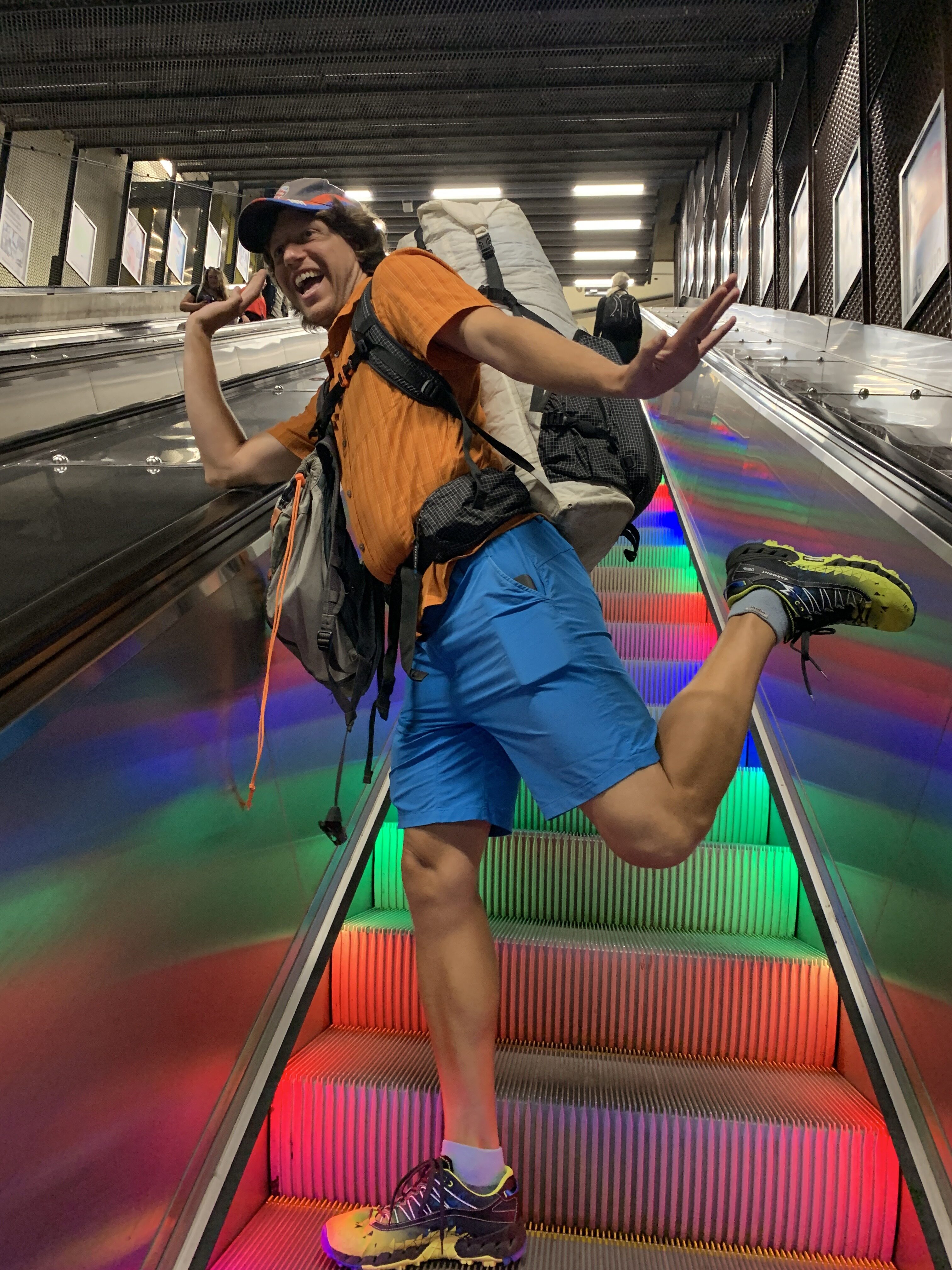Alright folks, there are still a few more stops before we get back to hiking. We are still on the circuit between Prague, Vienna, and Budapest, and somehow we still gotta make it all the way to Stockholm after that before we can get back on the trail. There’s lots to see though, as Eastern Europe is a wacky place of fallen empires and inexplicably large palaces. We got just a few days to see it all, so hold onto your butts and get ready for some Habsburgs.
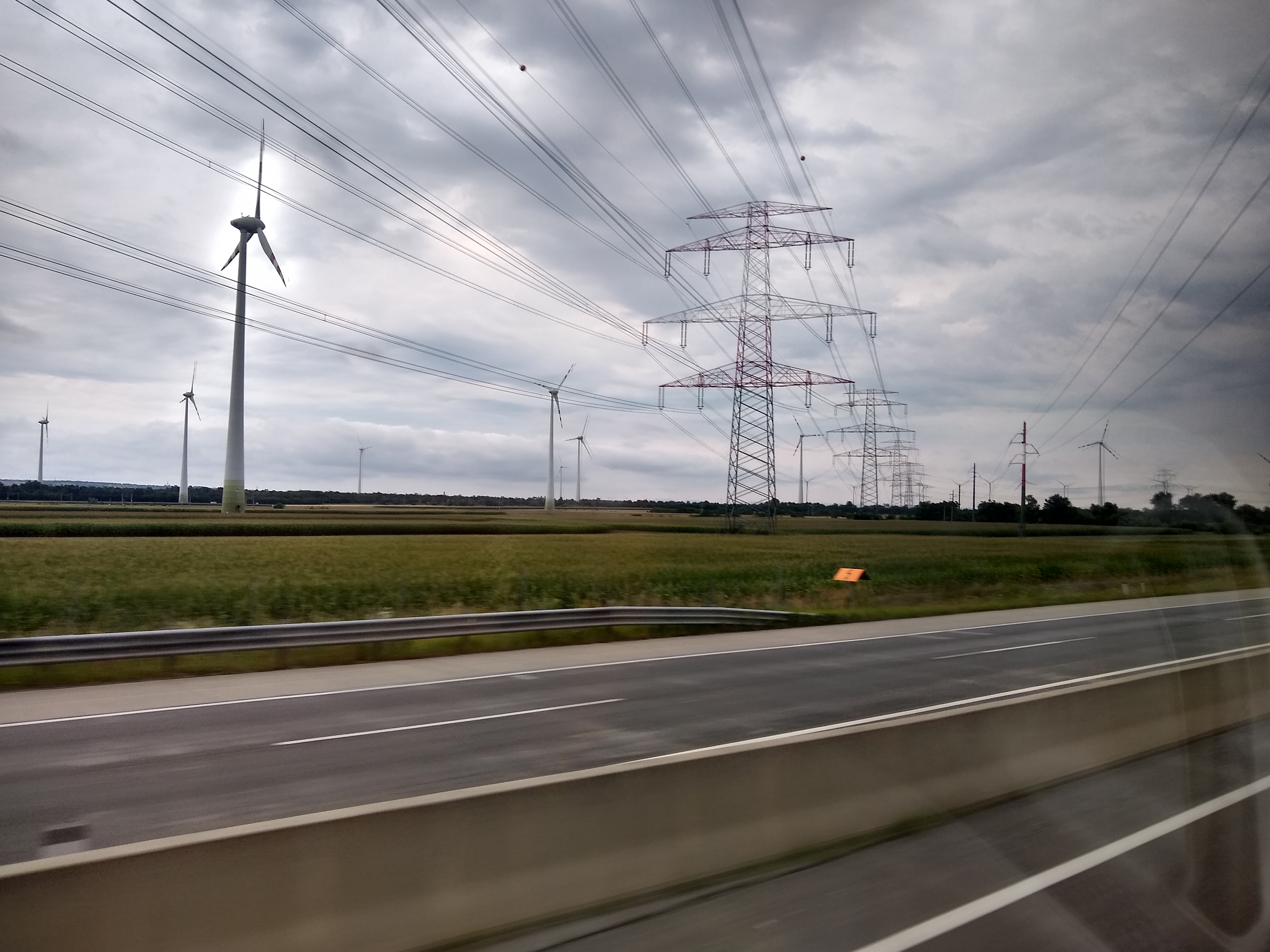
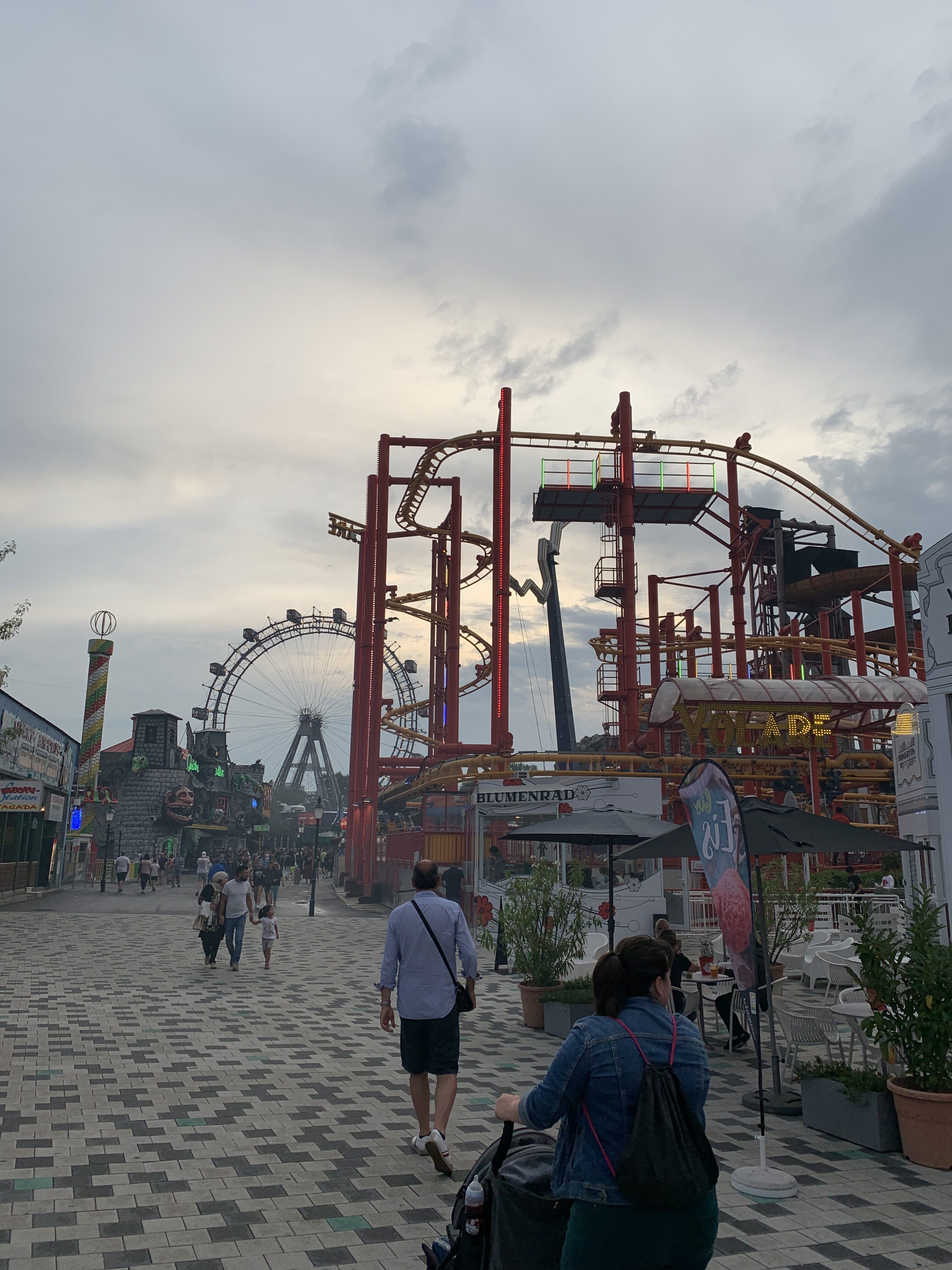
To get to Vienna we took an afternoon bus direct from Prague, arriving late to our Airbnb. Like usual, we just let Google guide us to a nearby cheap restaurant. Unlike usual, what we chose was in the middle of what looked like a permanently installed County Fair. We weren’t brave enough for any of the rides, but it was still a fun place to wander around for the evening.
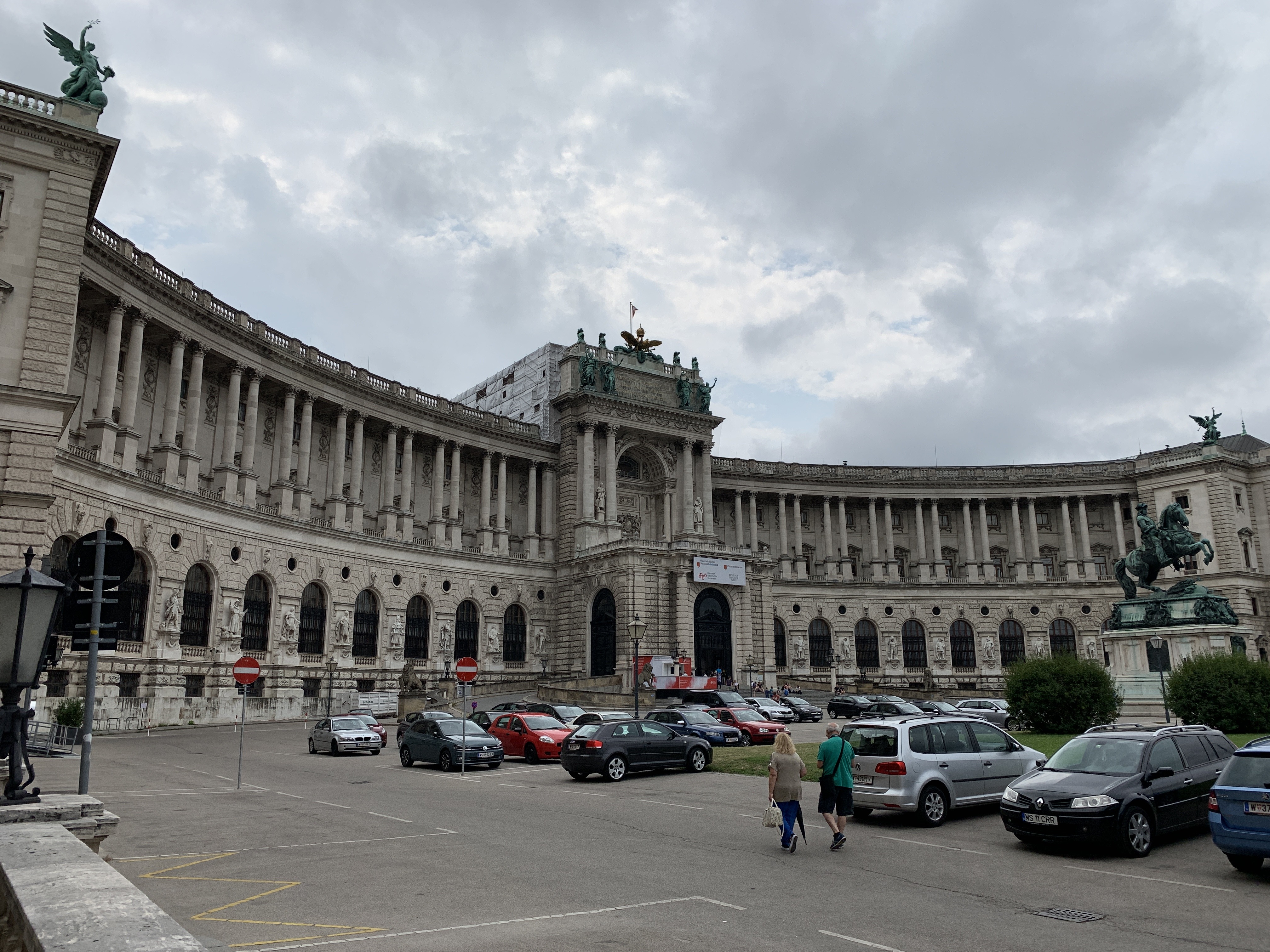
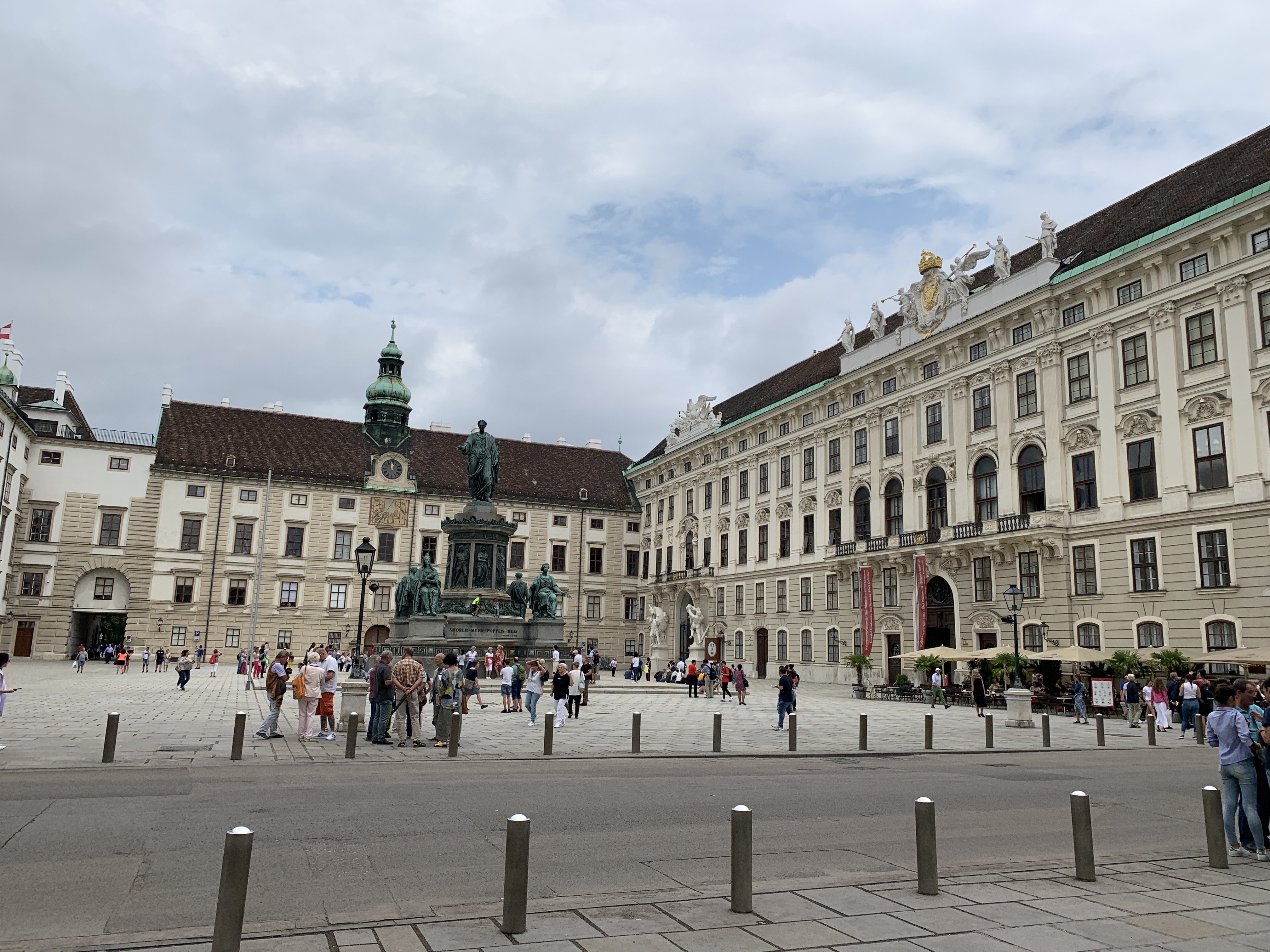
In the morning, we set out on our inevitable free walking tour of downtown. Vienna is truly a fascinating place, with a great mixture of secular buildings, religious monuments, and staggeringly arrogant Habsburg palaces. Some highlights from the tour include the exterior of the Hofburg Imperial Palace, which was the spot where Hitler himself stood on the balcony and declared the annexation of Austria into Nazi Germany in 1938.
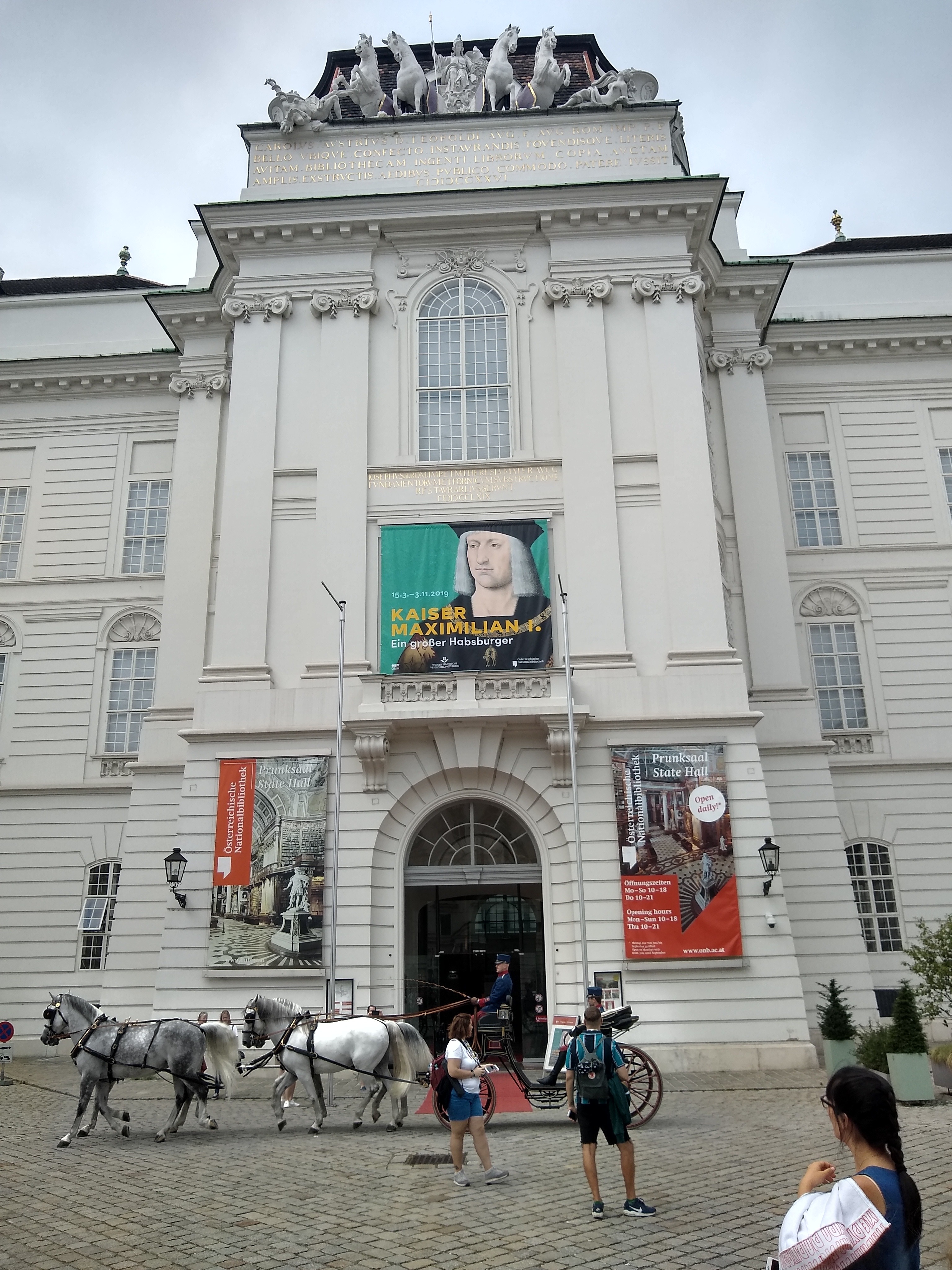
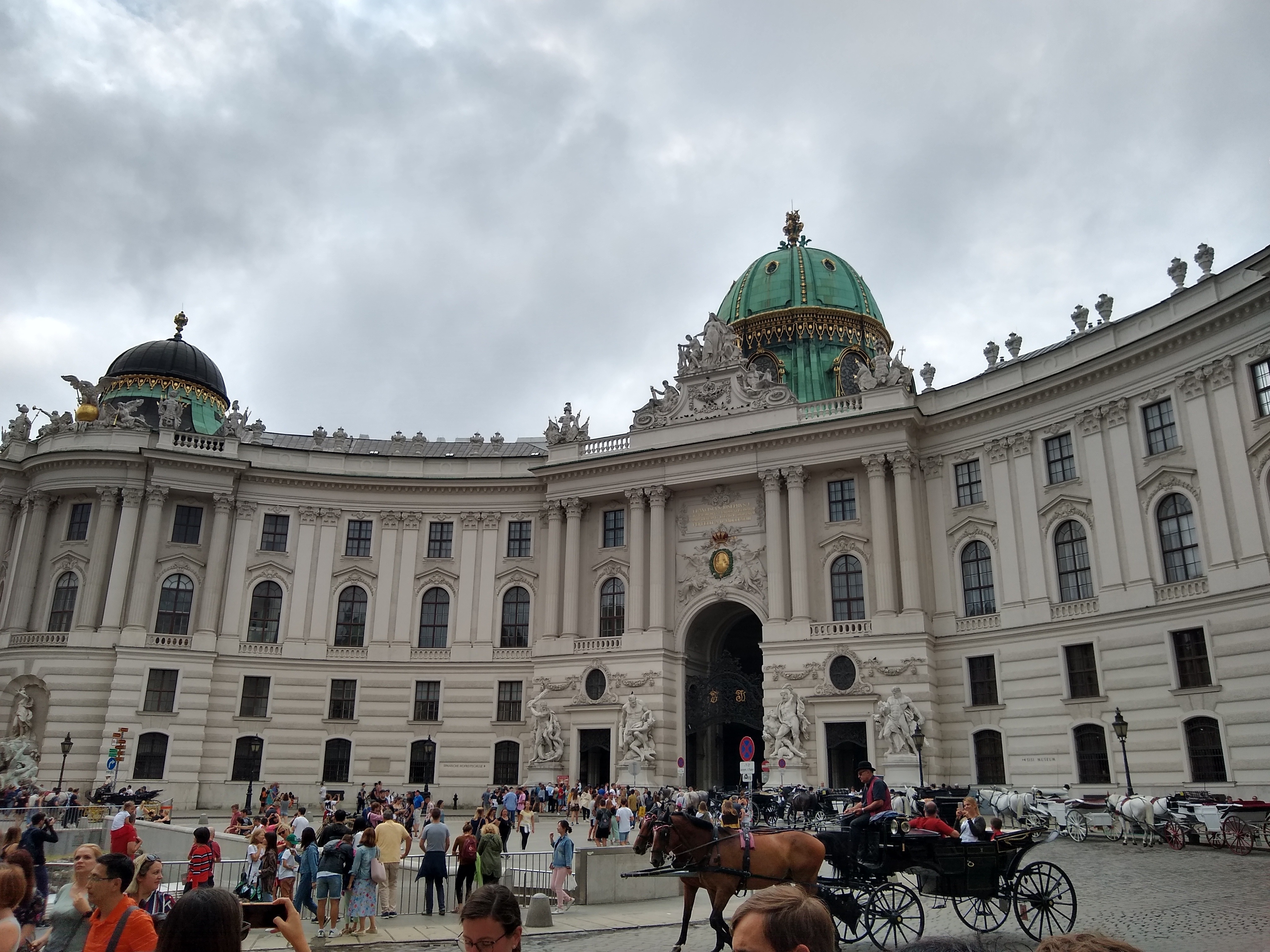
We also got to see the Spanish Riding School carriage do laps around the courtyard of the Austrian National Library – they say the horses today are the direct descendants of the ones imported from Spain in the 1600’s, which was during Habsburg rule in Spain. The National Library is also a great example of the Austrian love of putting classical statues on everything – you can actually tell how important a building is the the Austrians by the number of sculptures on top. It features Athena riding a giant Habsburg chariot on the roof, which was supposed to symbolize that the goddess of wisdom herself was driving the empire (and the library?).
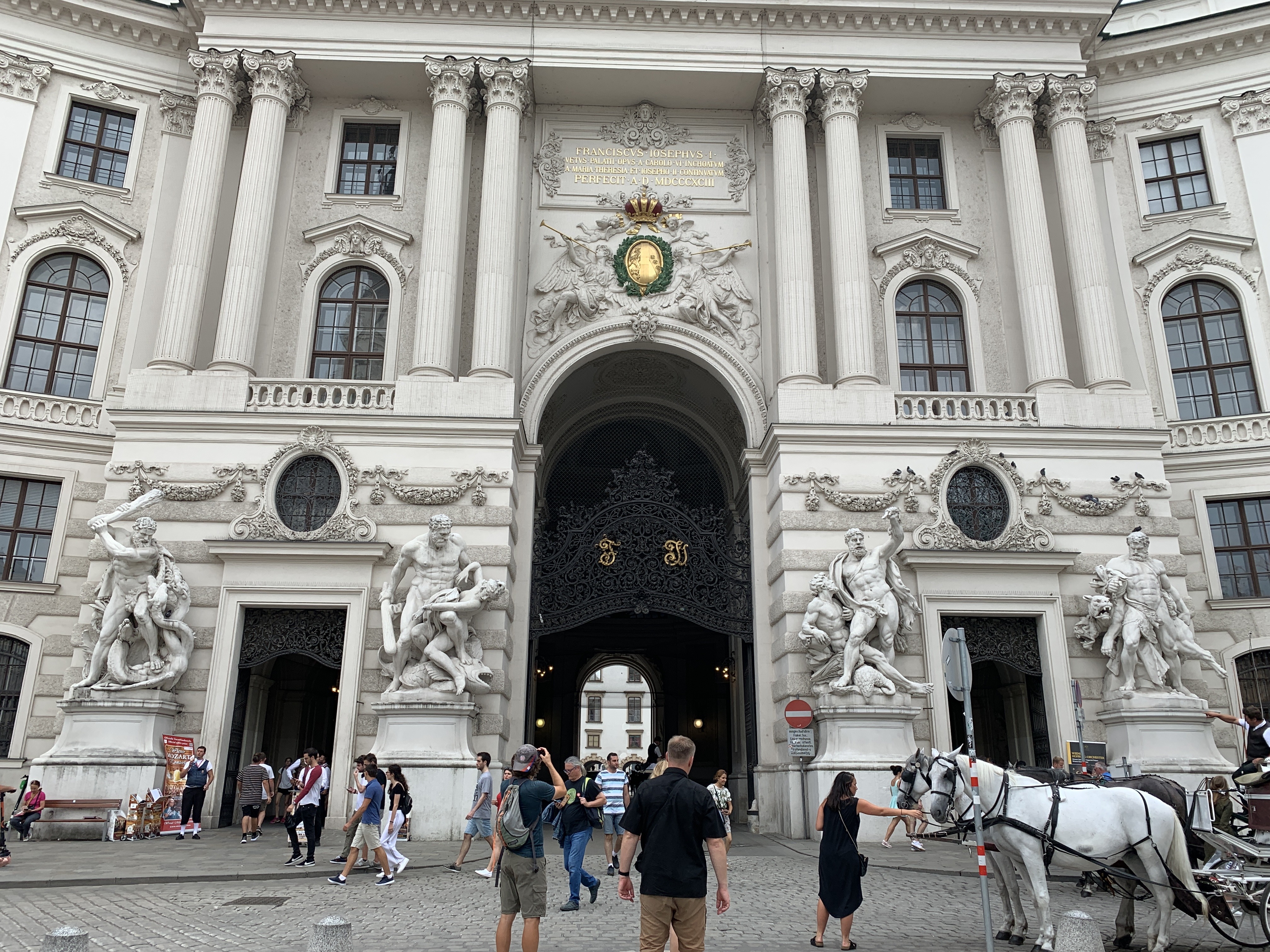
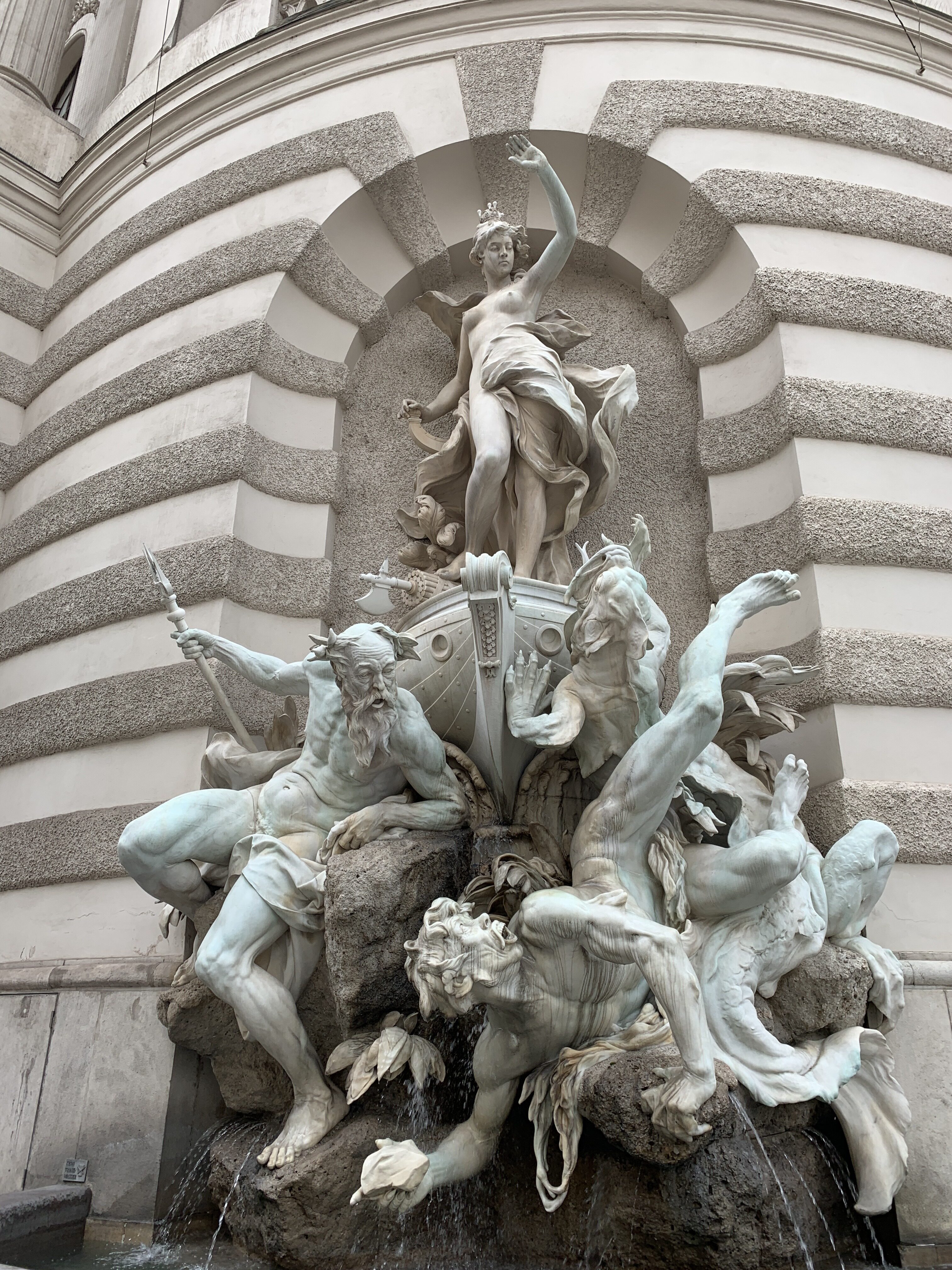
Speaking of Roman gods, Michaelerplatz features some awesome statues of heroically naked Hercules performing his various mythical deeds. The Habsburgs felt like they had a lot in common with Hercules since they also considered themselves to be half-men, half-god, sexy muscled badasses, so he features prominently all over the palace. Finally, near the end, we stopped at the Plague Column near St Stephens cathedral. It’s been sitting there fighting off the Plague since 1683 (with repairs after WII), and even protects against those damn heretical Turks as a side bonus.
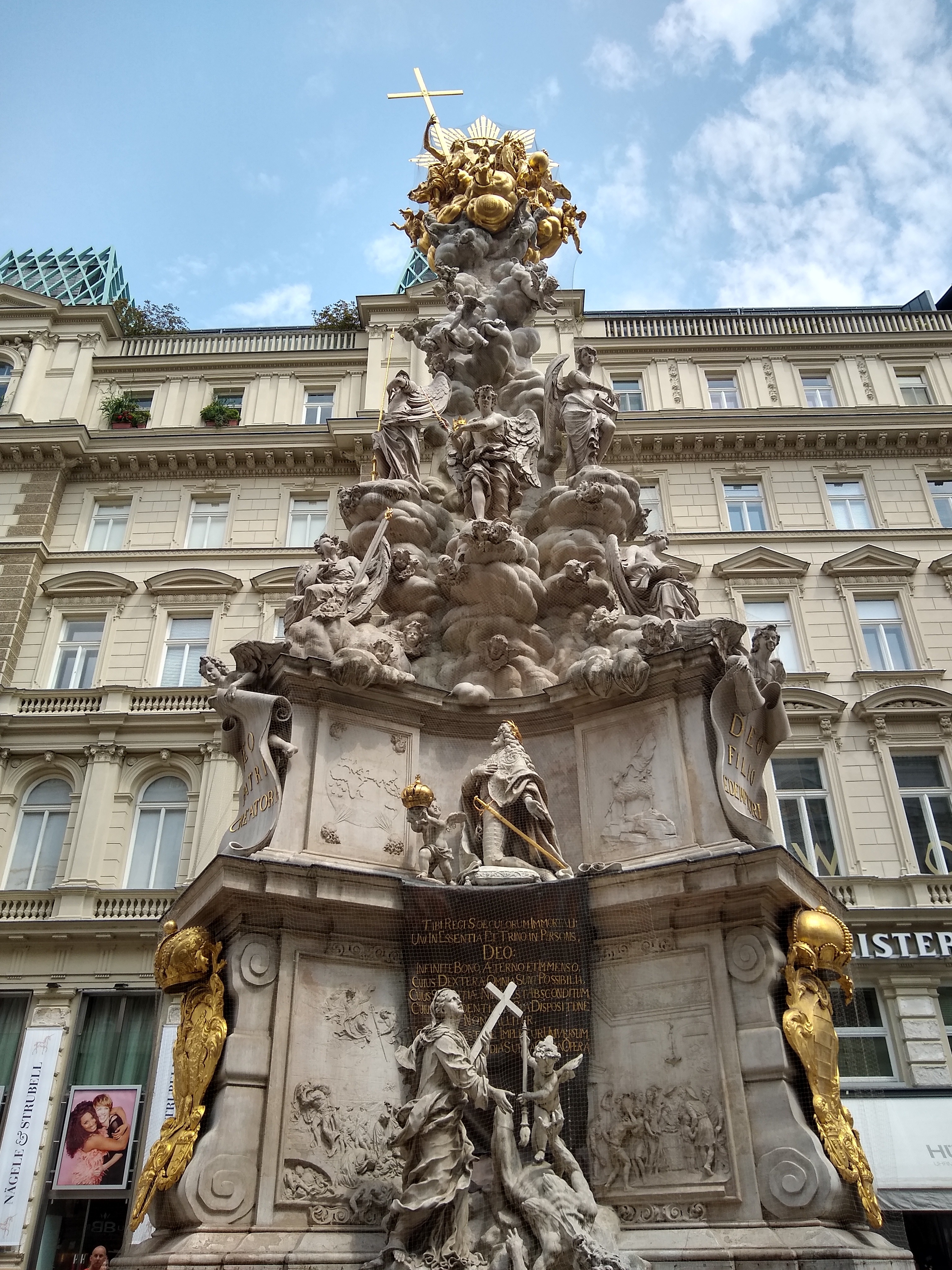
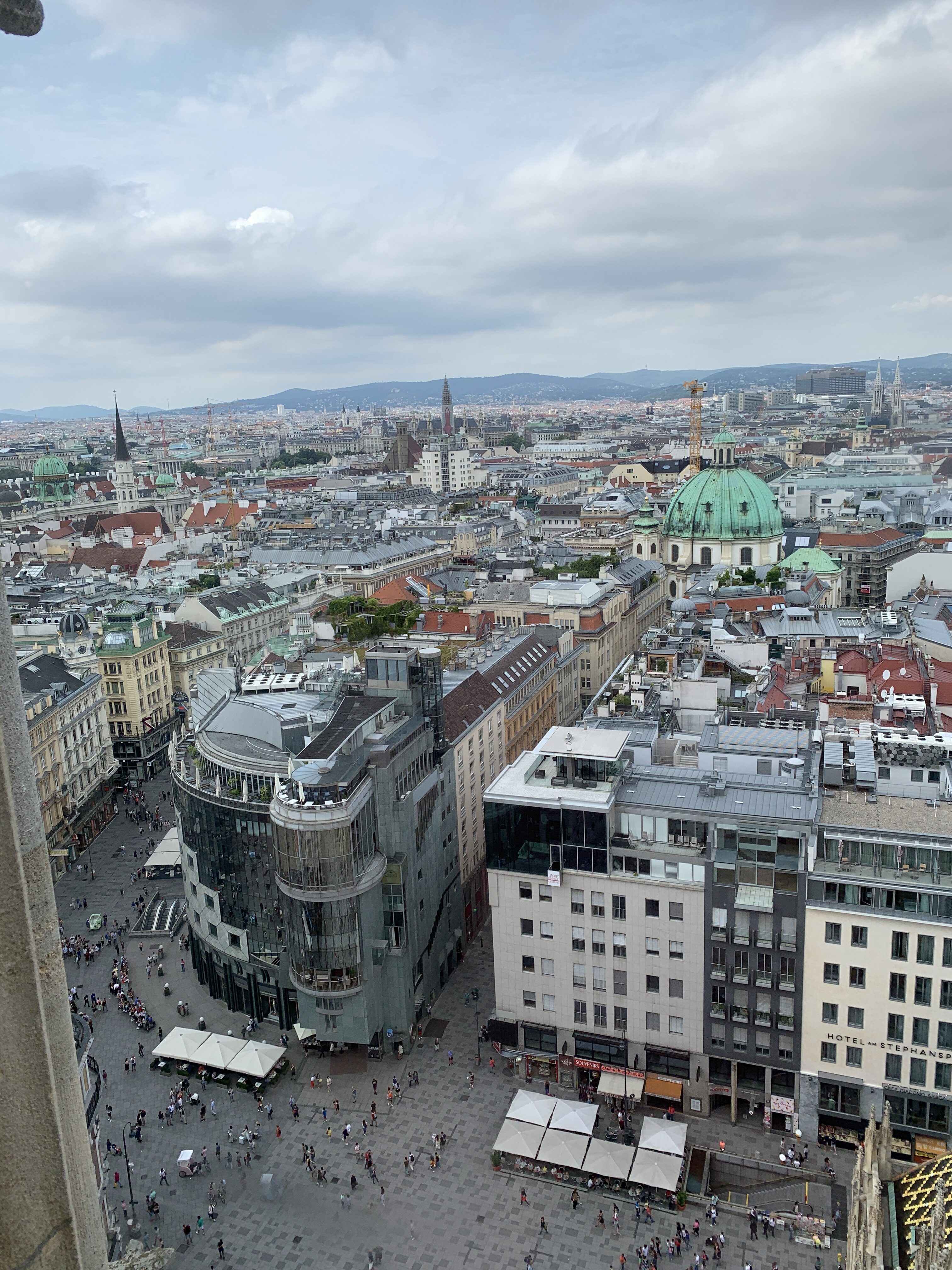
After the tour we made a trip to the State Opera House, and I’ll admit that even in a city famous for opera I didn’t have high expectations. Wow, was I wrong. It is no less ornate than a palace or a Baroque church in there, which I think says something about how the Viennese feel about Opera and religion. I still don’t care anything about Opera, but I could watch a bucket of water evaporate in that auditorium and still be happy.
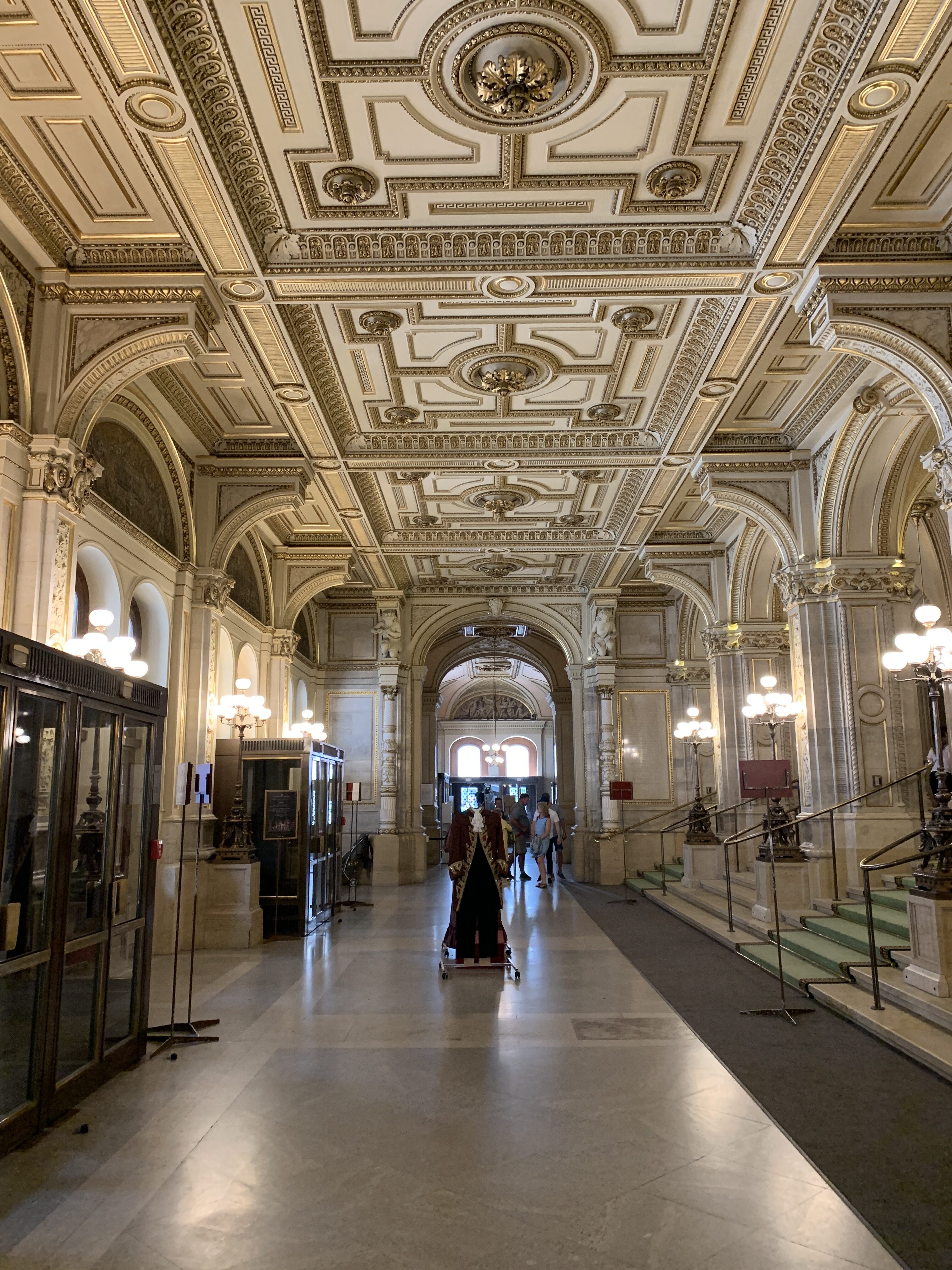

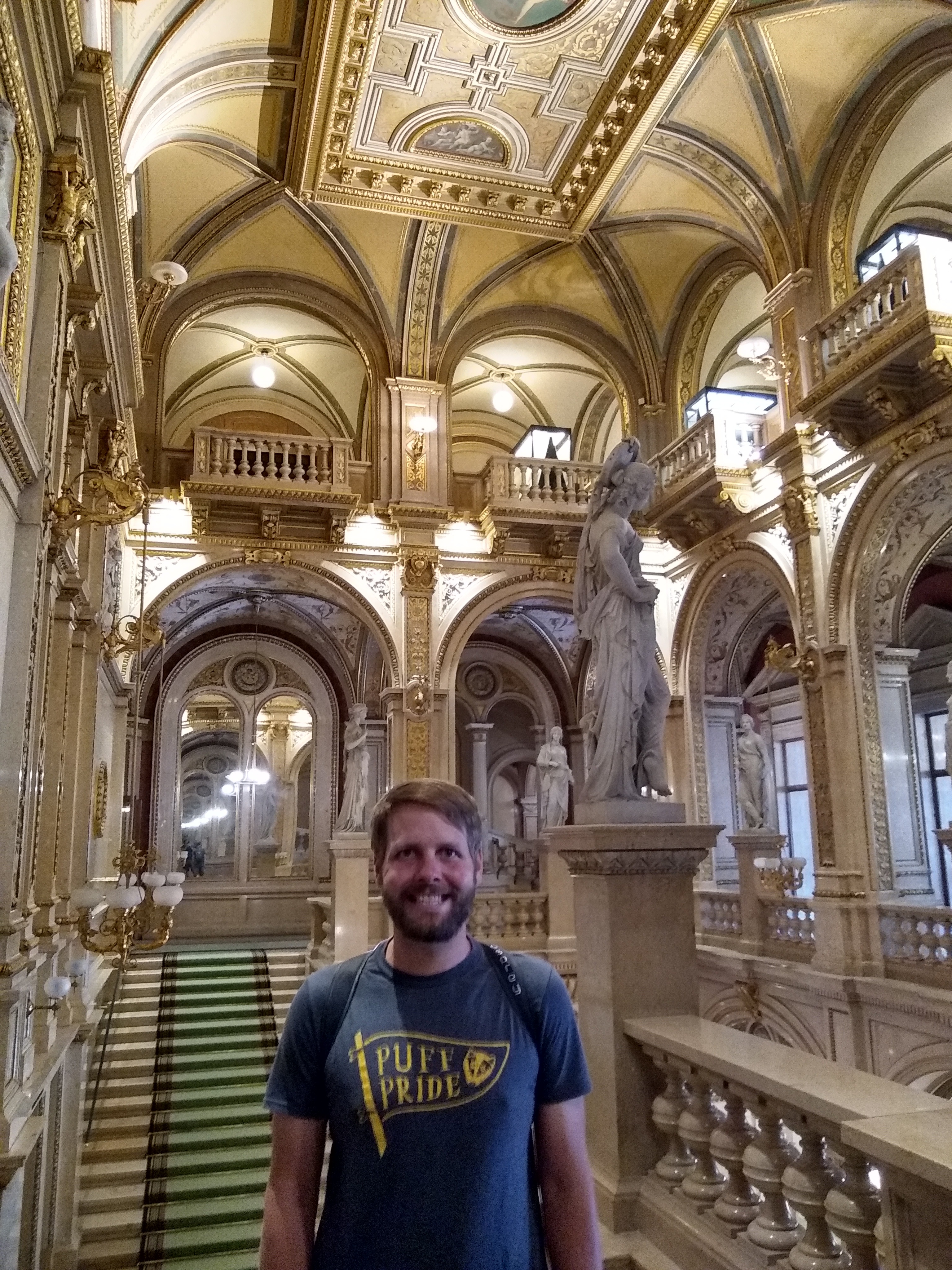
For our final stop of the day, we revisited the National Library, just this time on the inside. It is an unrivaled monument to Habsburg hubris in addition to being stunningly beautiful, and I think it was my favorite thing in all of the whole region. It’s built to look like a church, but the only god on display is Emperor Charles VI who commissioned the library’s construction. The guy apparently thought a lot of himself, cause his statue is surrounded by a sunburst pattern as if he himself is the light of the world, and on the ceiling is a series of paintings depicting his apotheosis to godhood. Not to mention that the statue itself makes him look like a Roman porn star, not the weird moon-face alien he actually was.
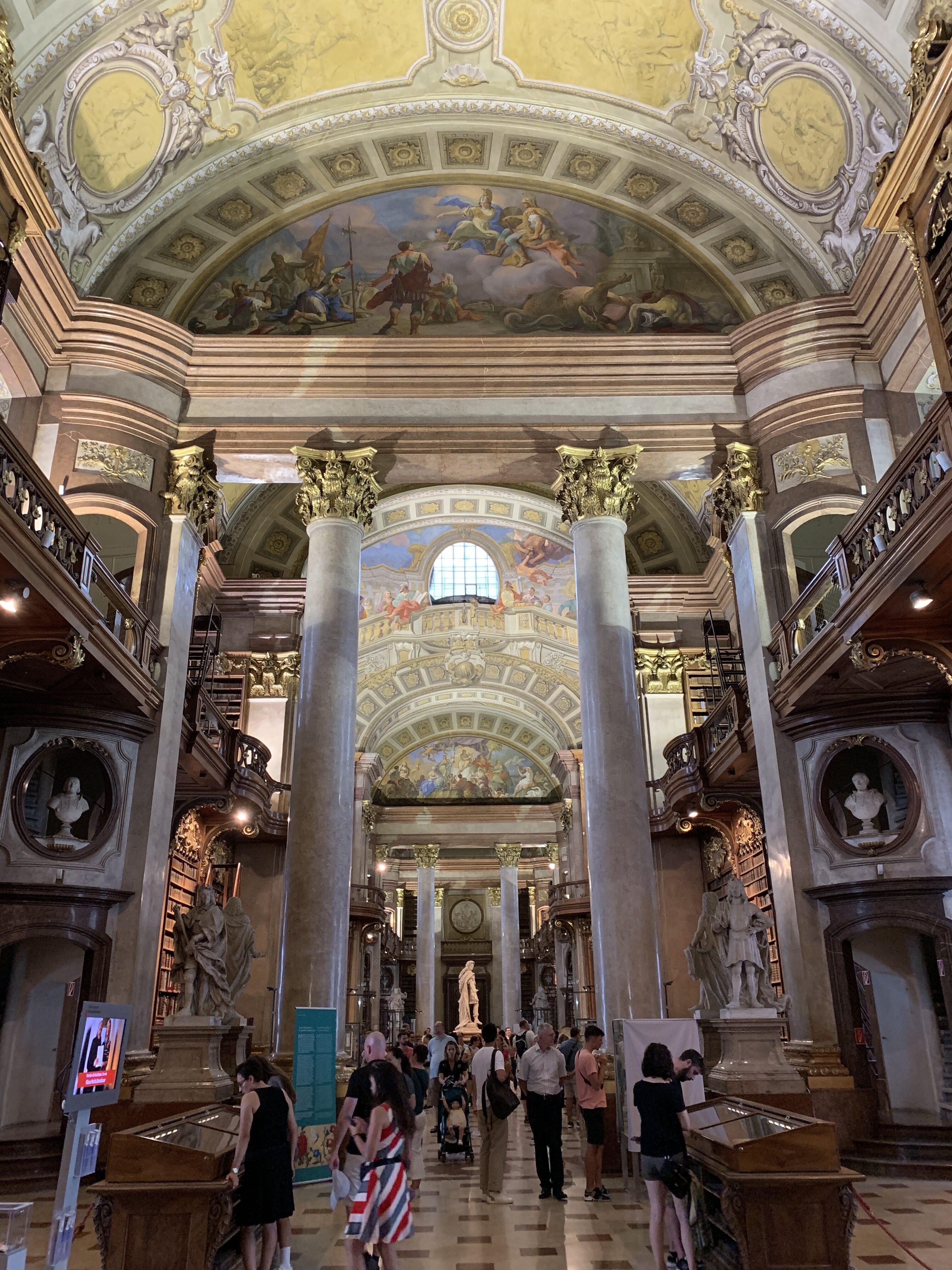
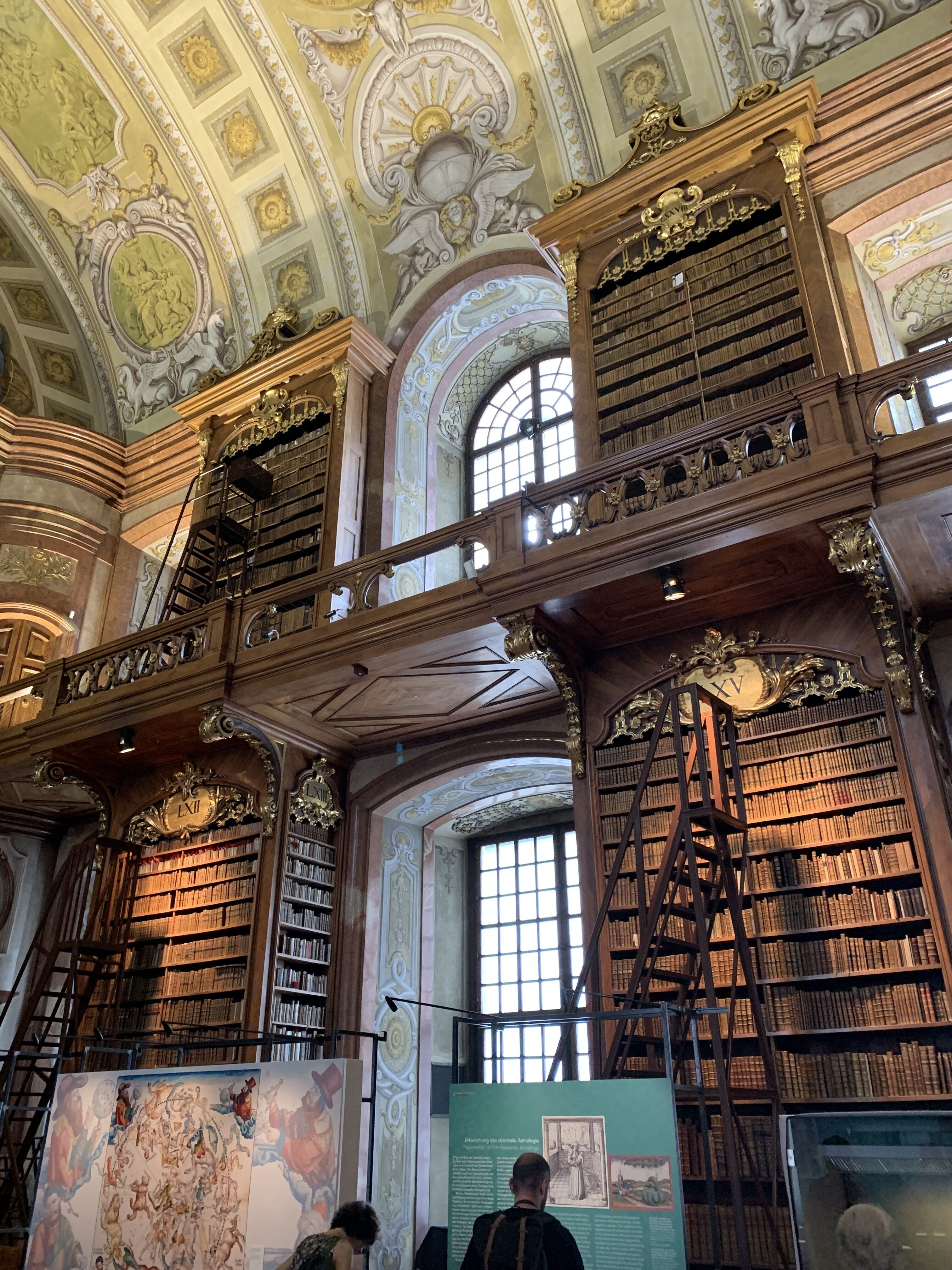
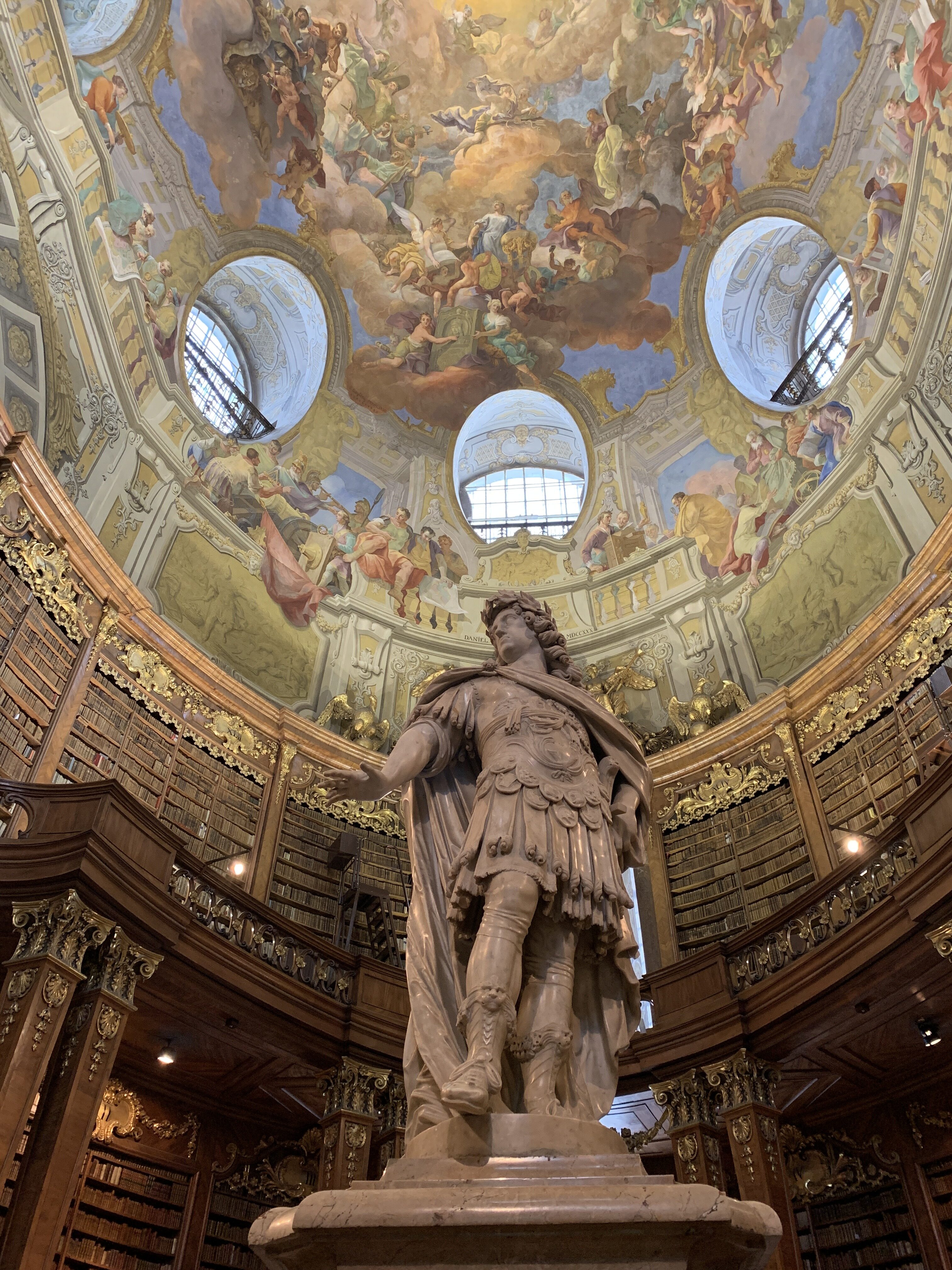
After that we finally called it a night and hobbled back to our Airbnb for some Austrian beer. In the morning, we ventured outside the downtown area to visit the summer palace of the Habsburgs, Schönbrunn Palace. Being from the South, it reminded me a lot of visiting the Biltmore Estate in NC, only with more megalomania. Unfortunately, pictures were limited on the inside to certain rooms, so most of what I’ve posted here is of the outside, taken from the gardens.
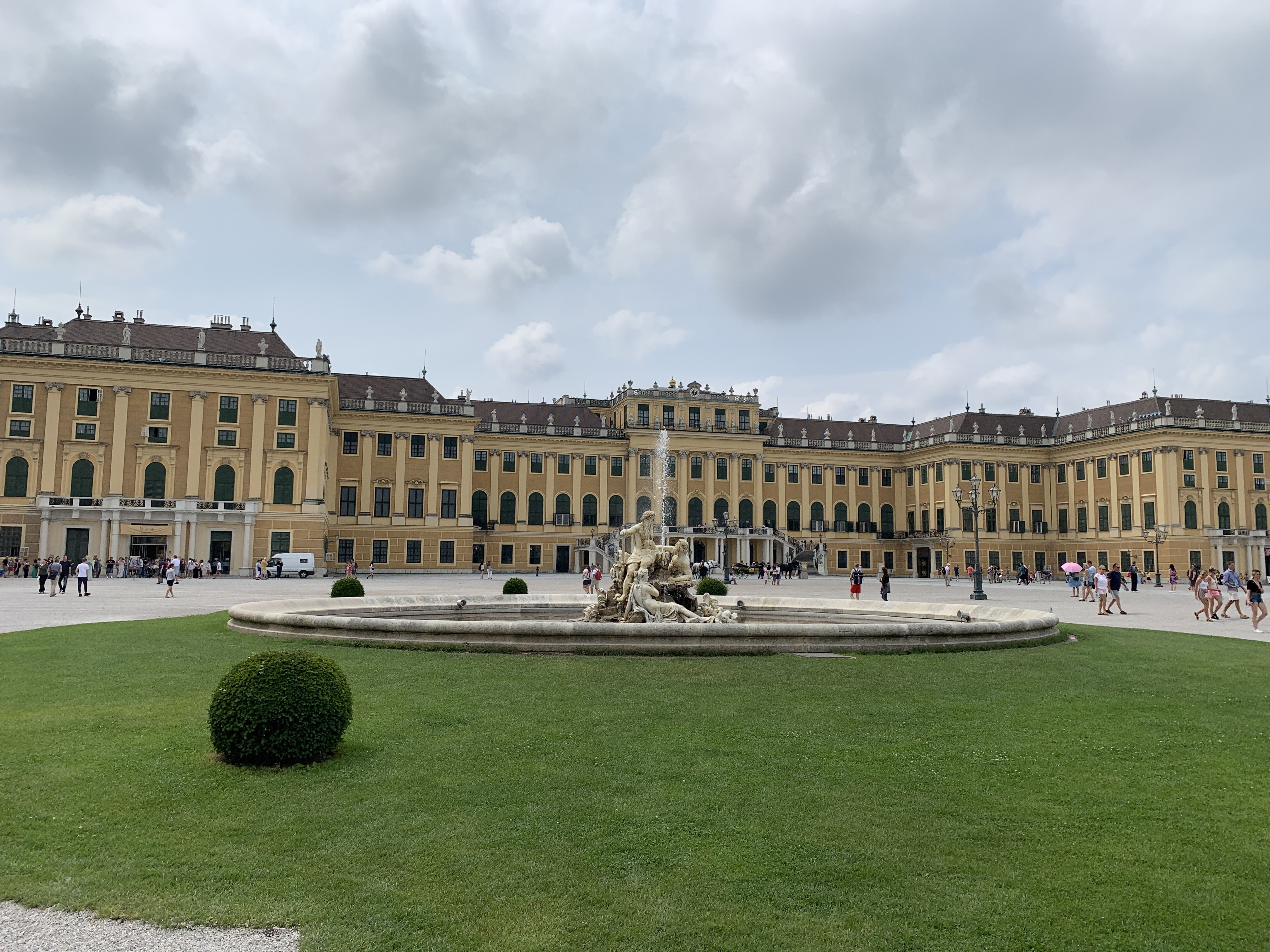
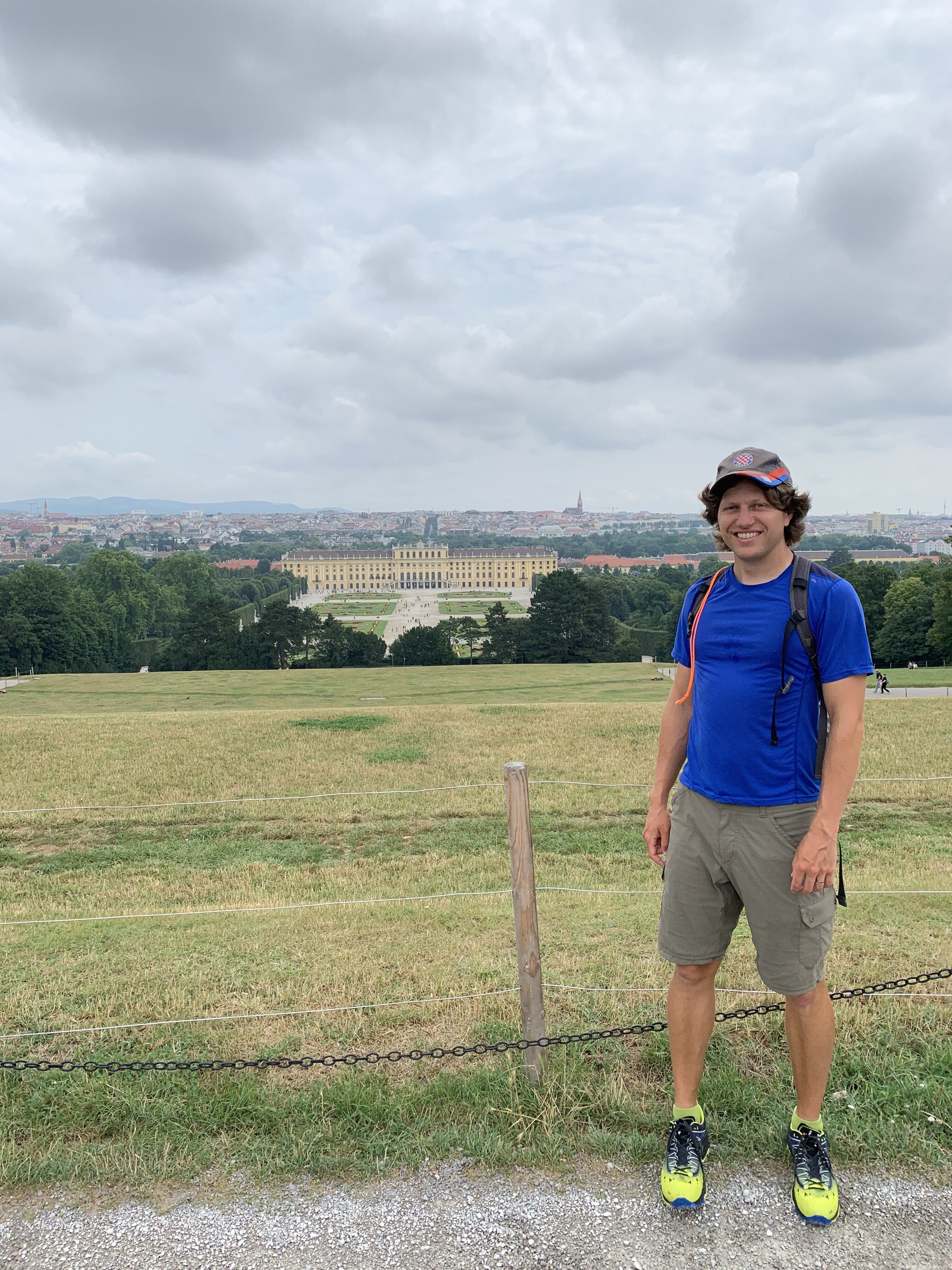
Touring the complex took pretty much the whole morning, but by afternoon we were back in downtown Vienna. We got super lucky as we arrived at St Peter’s church in time for the 3’oclock free pipe organ concert. Just for the love of tourism, we heard Mozart, Beethoven, Vivaldi on grand pipe organ surrounded by crazy Baroque dedications to St Peter and a bunch of other dumb tourists. That’s modern religion in Austria for you.
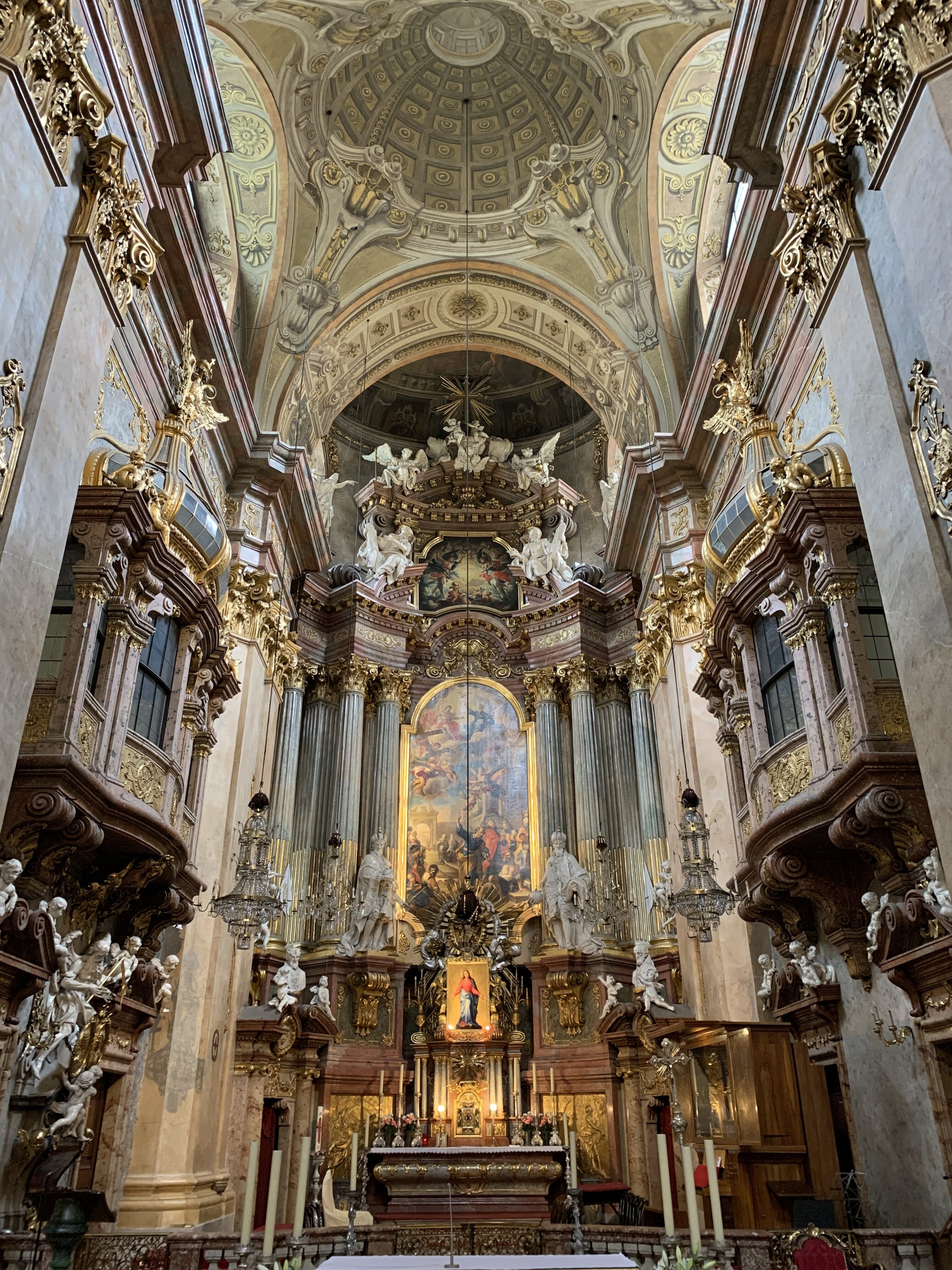
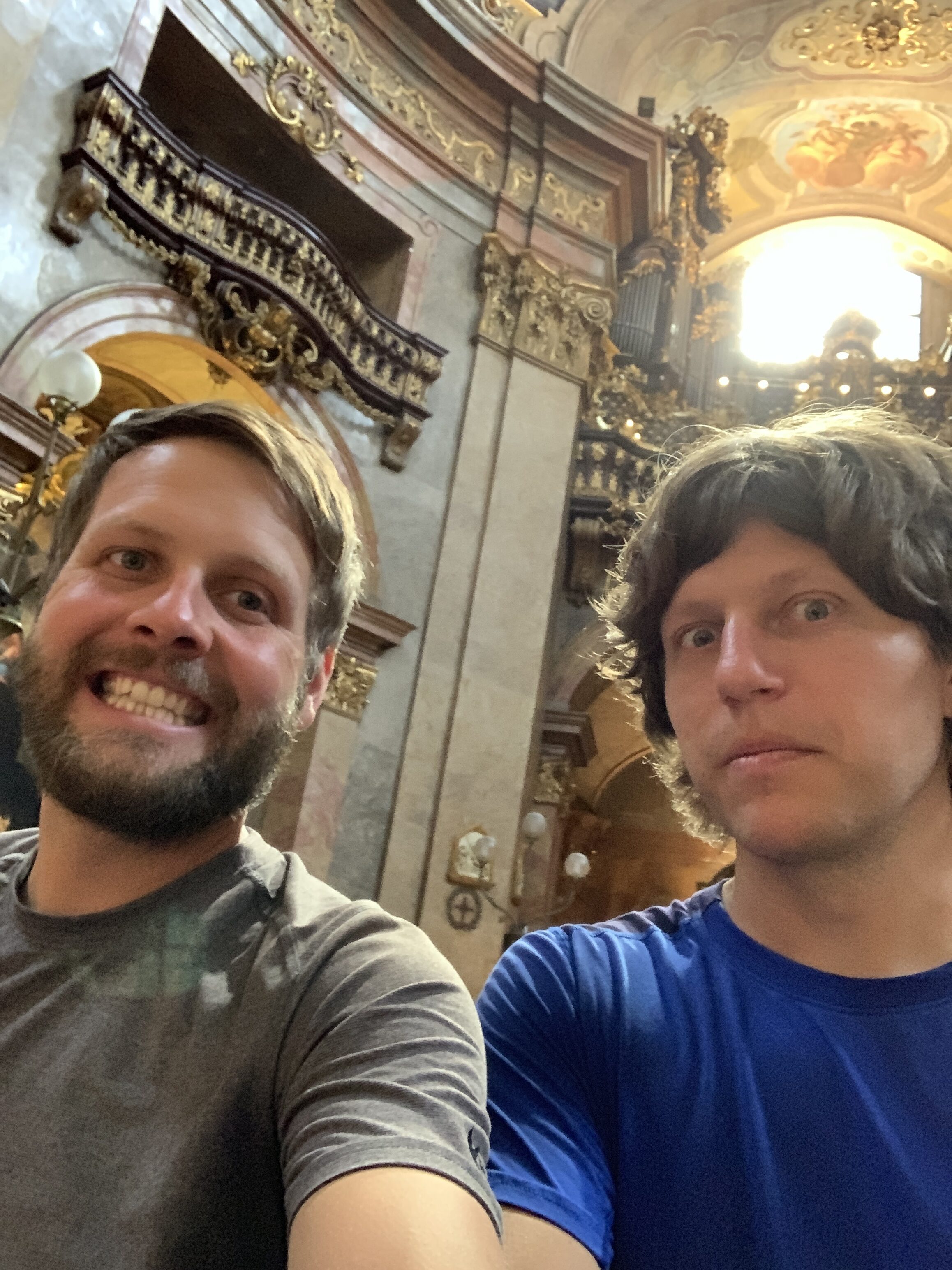
That afternoon we made one final stop at Kunsthistorisches Museum, which was the most ornate art history museum we have ever visited. I’ll only bore you with just one picture of the art, but the entry gallery featuring an extremely accurately placed leaf, and the cafe with the most decorative hole in the floor ever, are both worth noting. We finished the day with beer and take away food on that same historic lawn from Hilter’s speech in front of the Hofburg. It was hard to reconcile the weight of history in that place with shitty ham sandwiches from 7-eleven, but we did try.
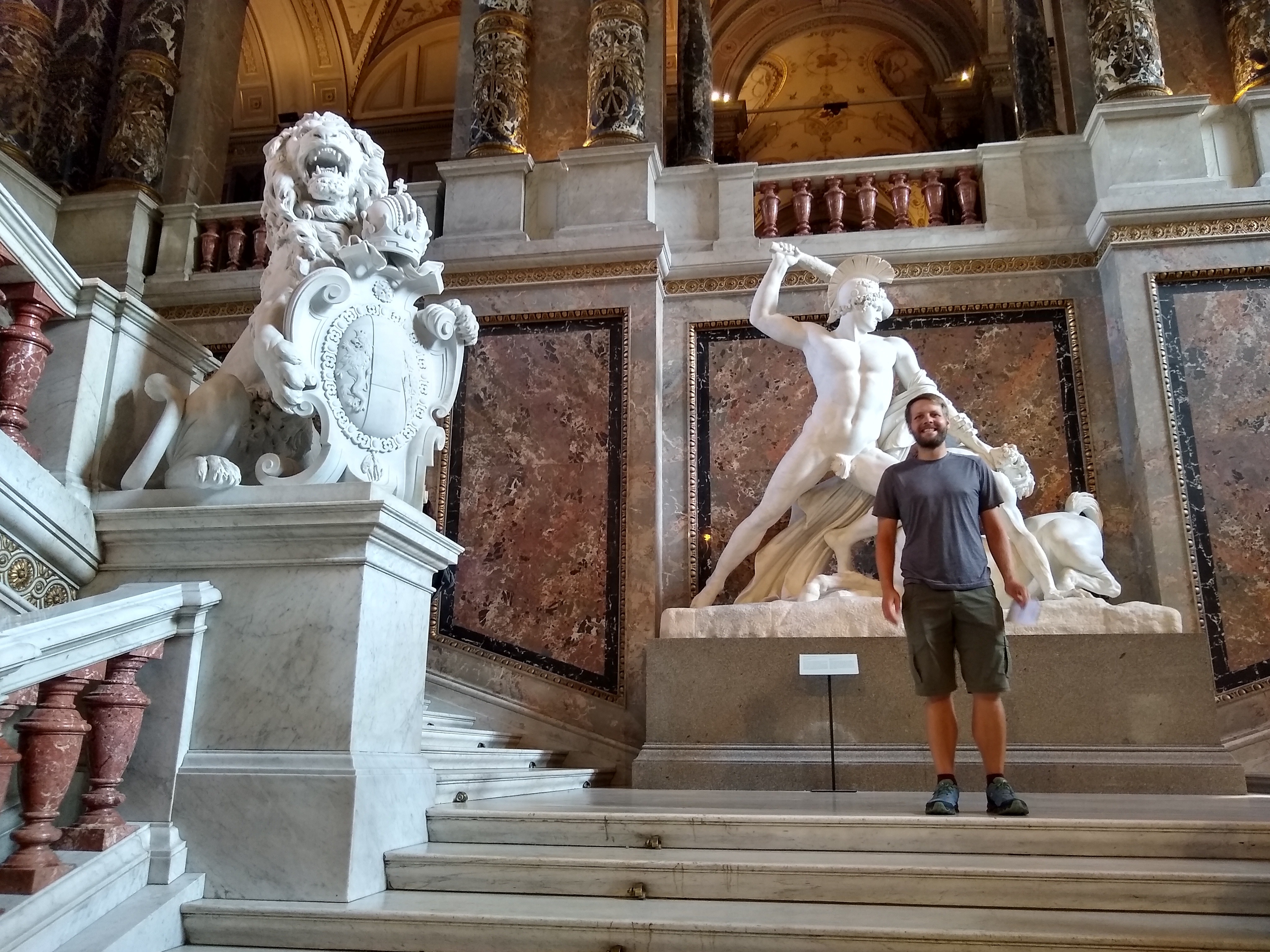
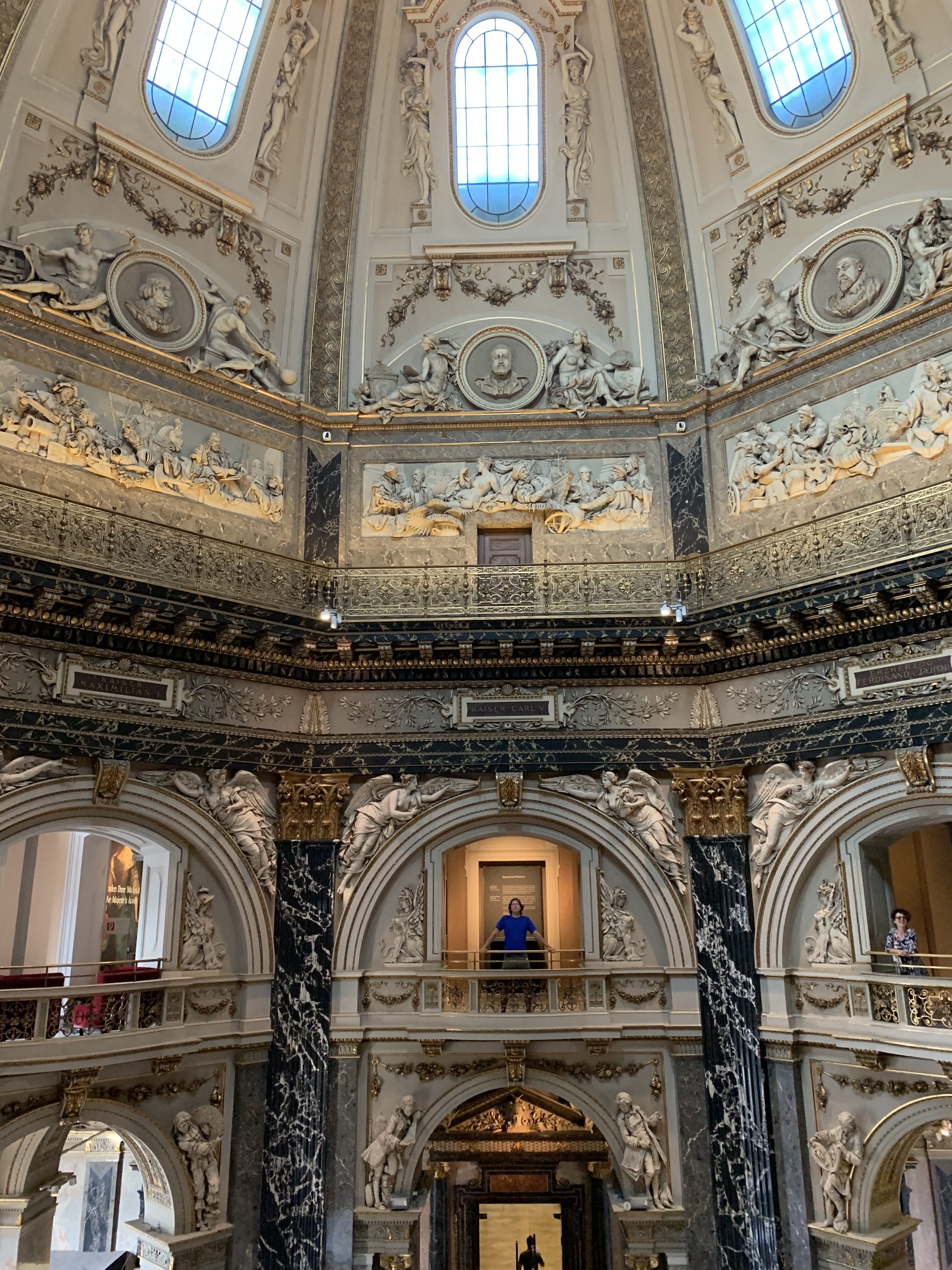
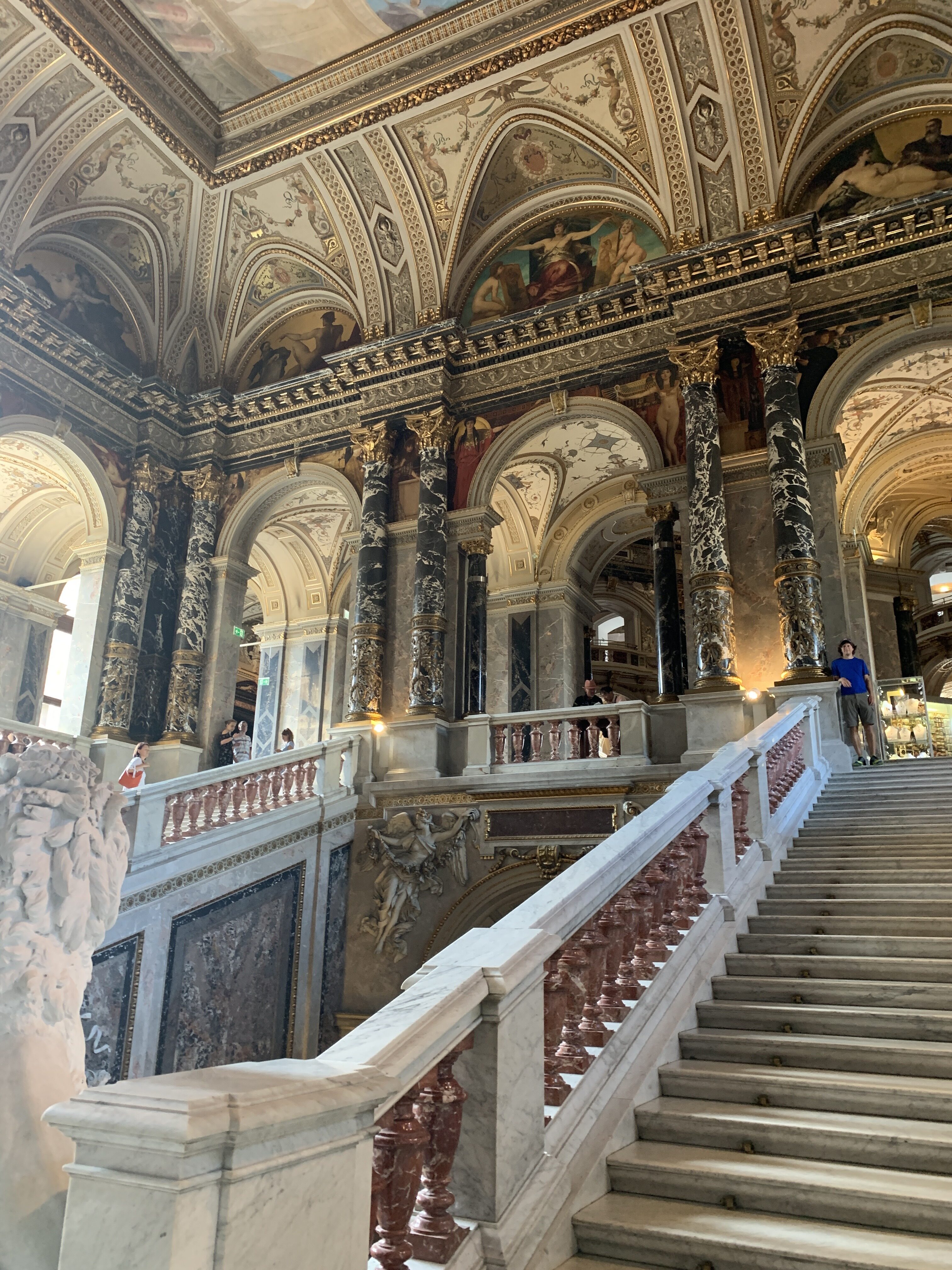
The only thing left to do in Vienna is peace out – it’s on to Budapest! In general, things are a little less grand in Budapest, but that’s really more down the city being a mere 500 years old and it having been destroyed a few times during that period. Interestingly, it’s also the only city besides Sarajevo we have visited that was under Ottoman control for a while, so it has a distinct Turkish flair in their food and architecture. Anyway, we got there by way of another Flixbus from Vienna.
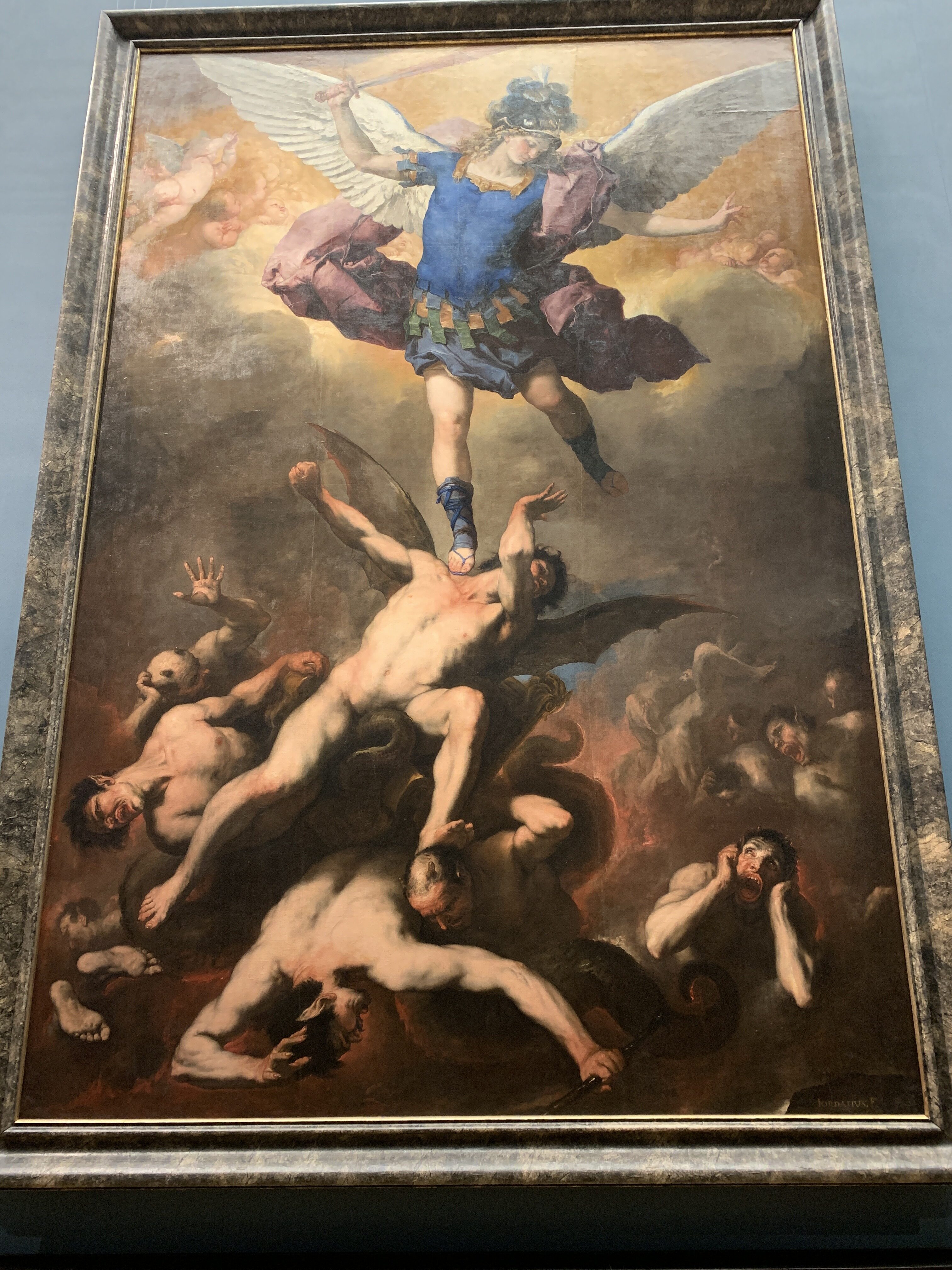
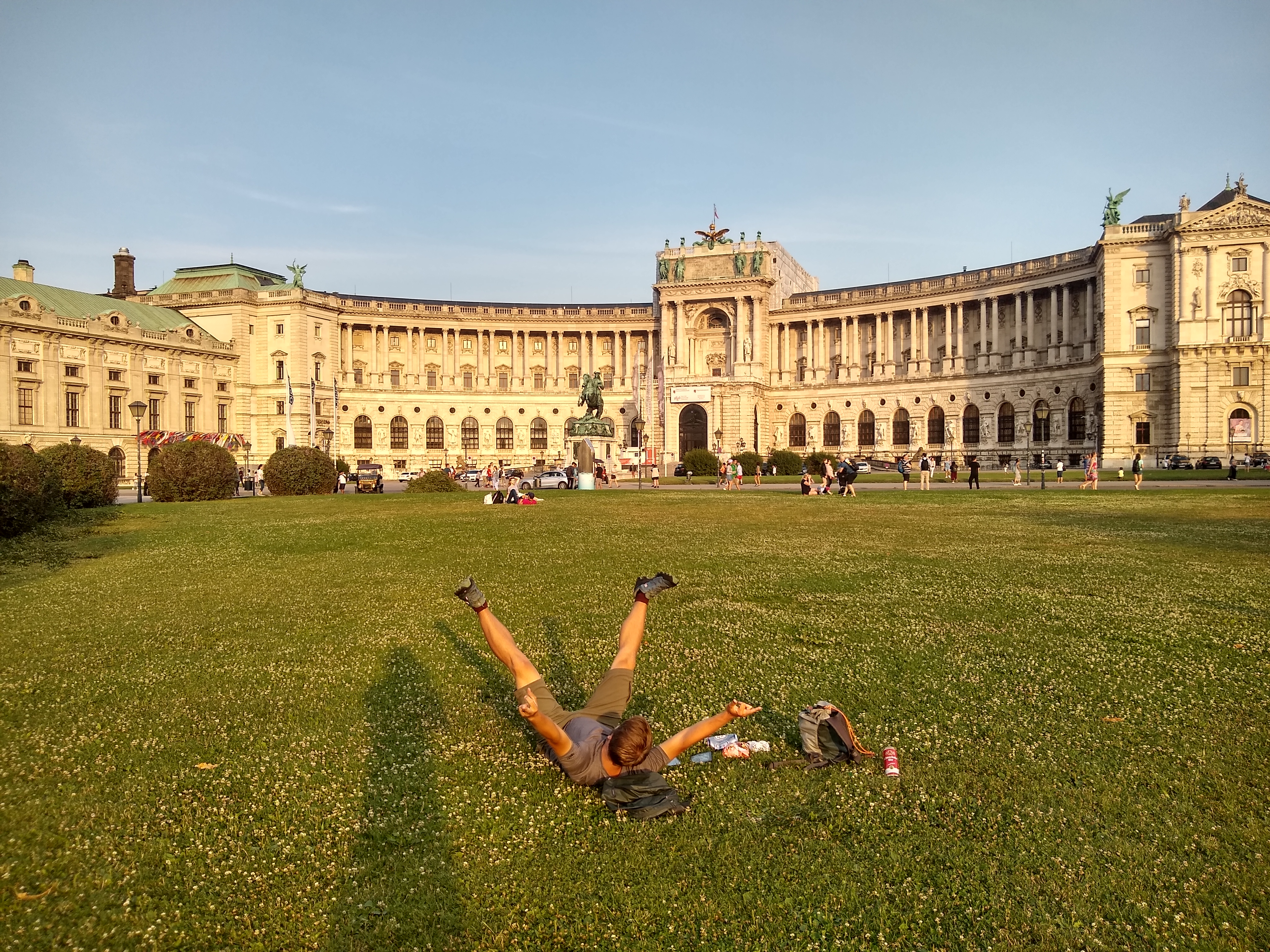
In the morning you know damn well what we did, so I’ll just skip right to the fun parts. Our tour guide was a Budapest native that proudly spoke “Hungrish” (rather than English) with a James Bond villain Russian accent. He was a good guide though, and the tour took us across the Danube and past super cute Budapest funicular. As a reminder, we were just at the headwaters of the Danube in the Black Forest, Germany, a casual 600 miles away.
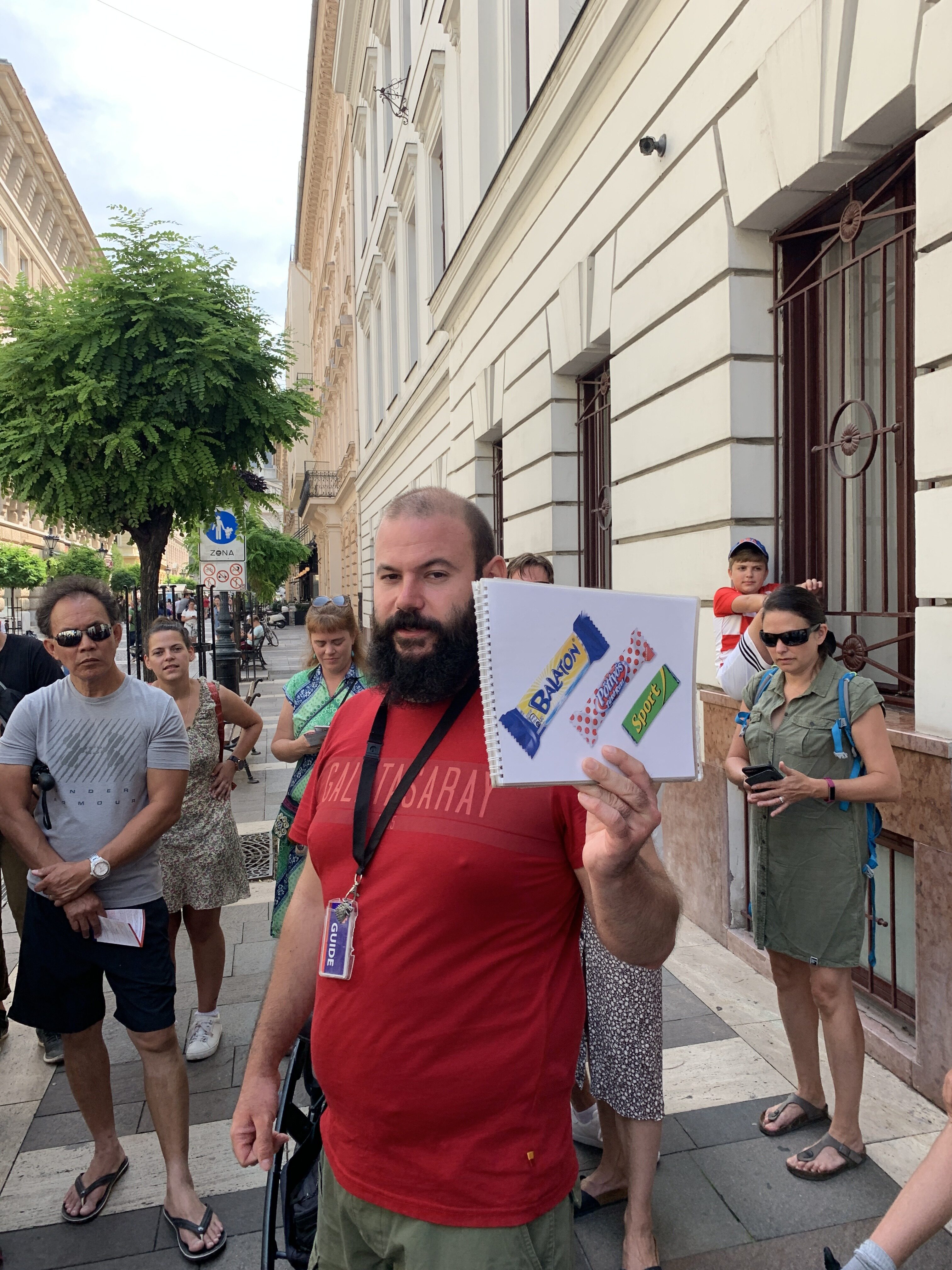
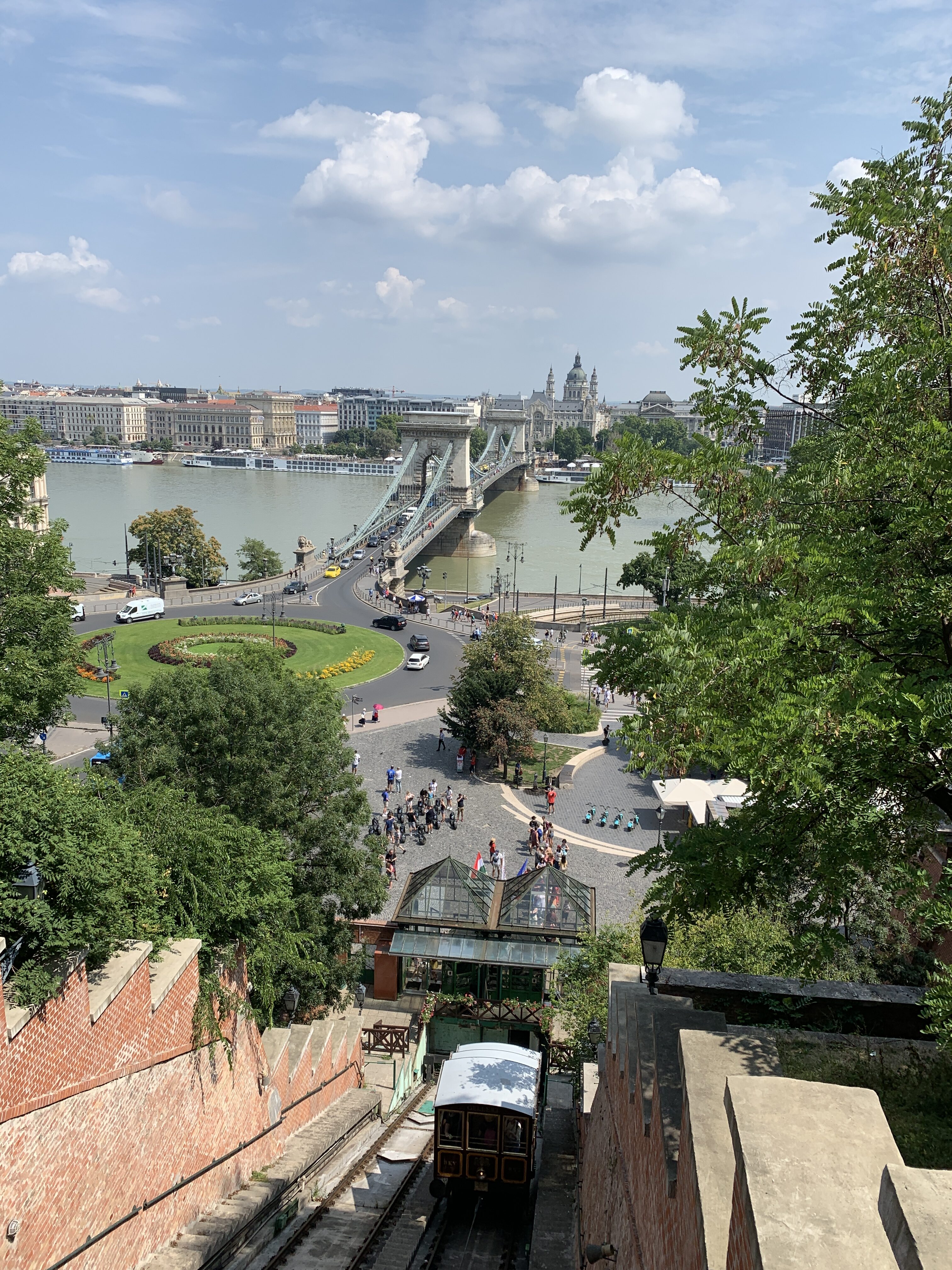
He also told the story of how the Nazi’s effectively annexed Hungary during WWII by means of putting a group of Nazi allies into power called the Arrow Cross Party. By all accounts the Arrow Cross were some real bastards, so much so that even modern Hungarians harbor resentment towards them. Even worse though, their Nazi allegiance made Hungary a target for the Soviets, who razed Budapest to the ground when they captured it in 1945.
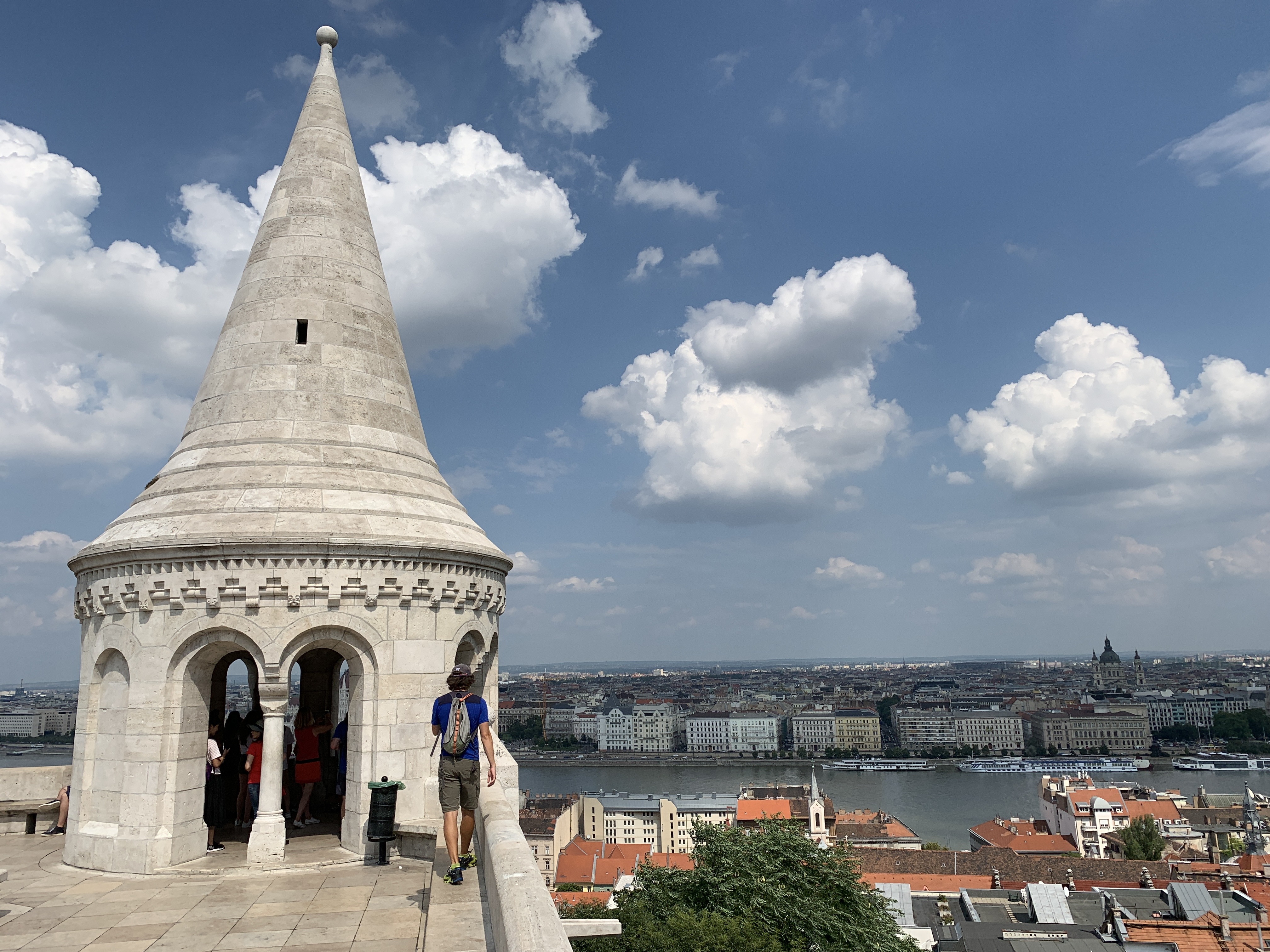
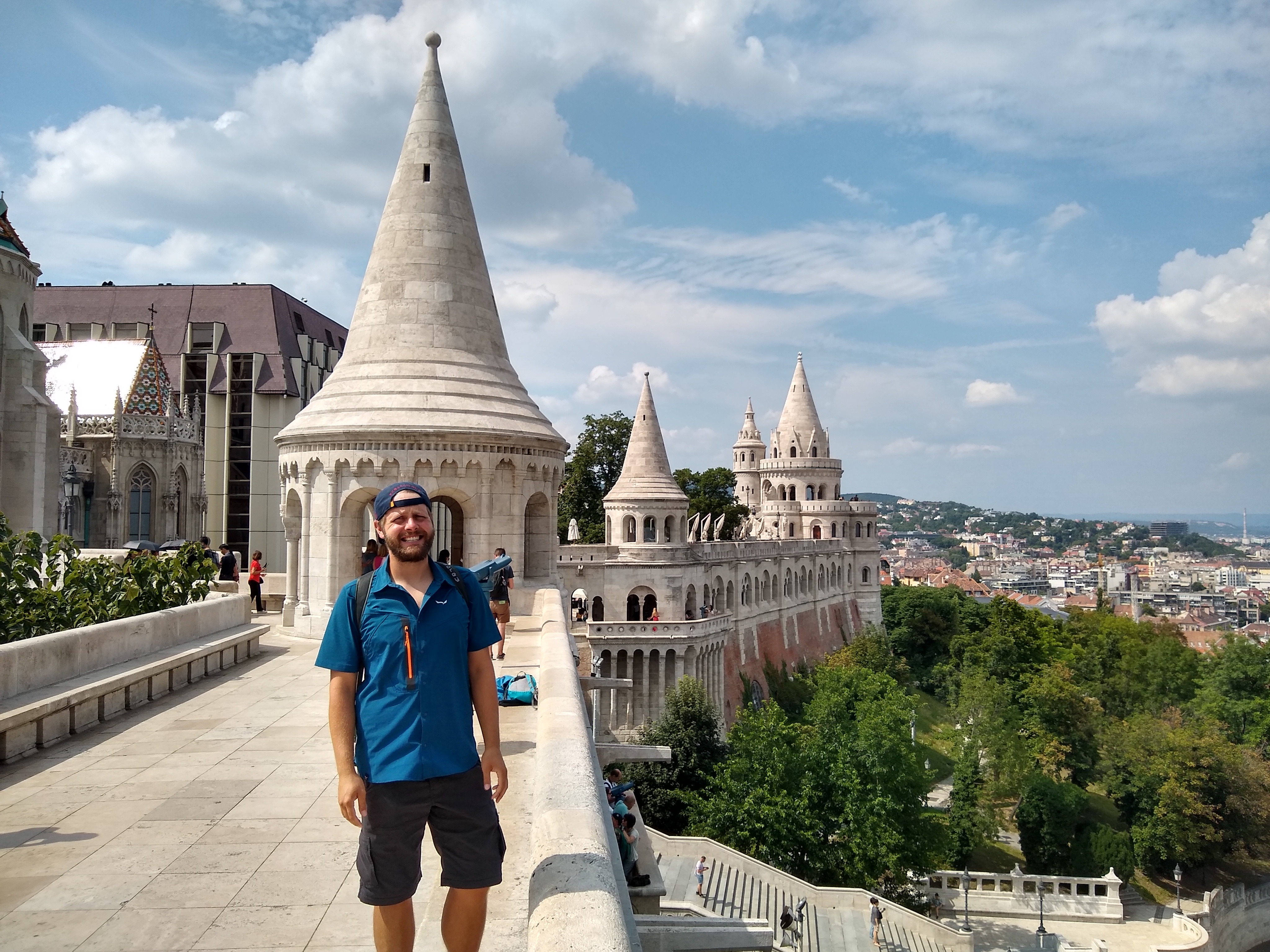
Then here is the part we didn’t realize in our American ignorance – Hungary then spent the next 50 years under Soviet Communist rule, only gaining independence in 1989. Meaning that a lot of Hungarians alive today spent a good portion of their lives as Soviet Communists. Aside from being an interesting history lesson, I’m reviewing all this to make the point that Budapest is a freaky blend of Turkish baths, Soviet housing blocks, and Austrian grand architecture, all occupied by a mix of post-Soviets old folk and pro-EU young hipsters.

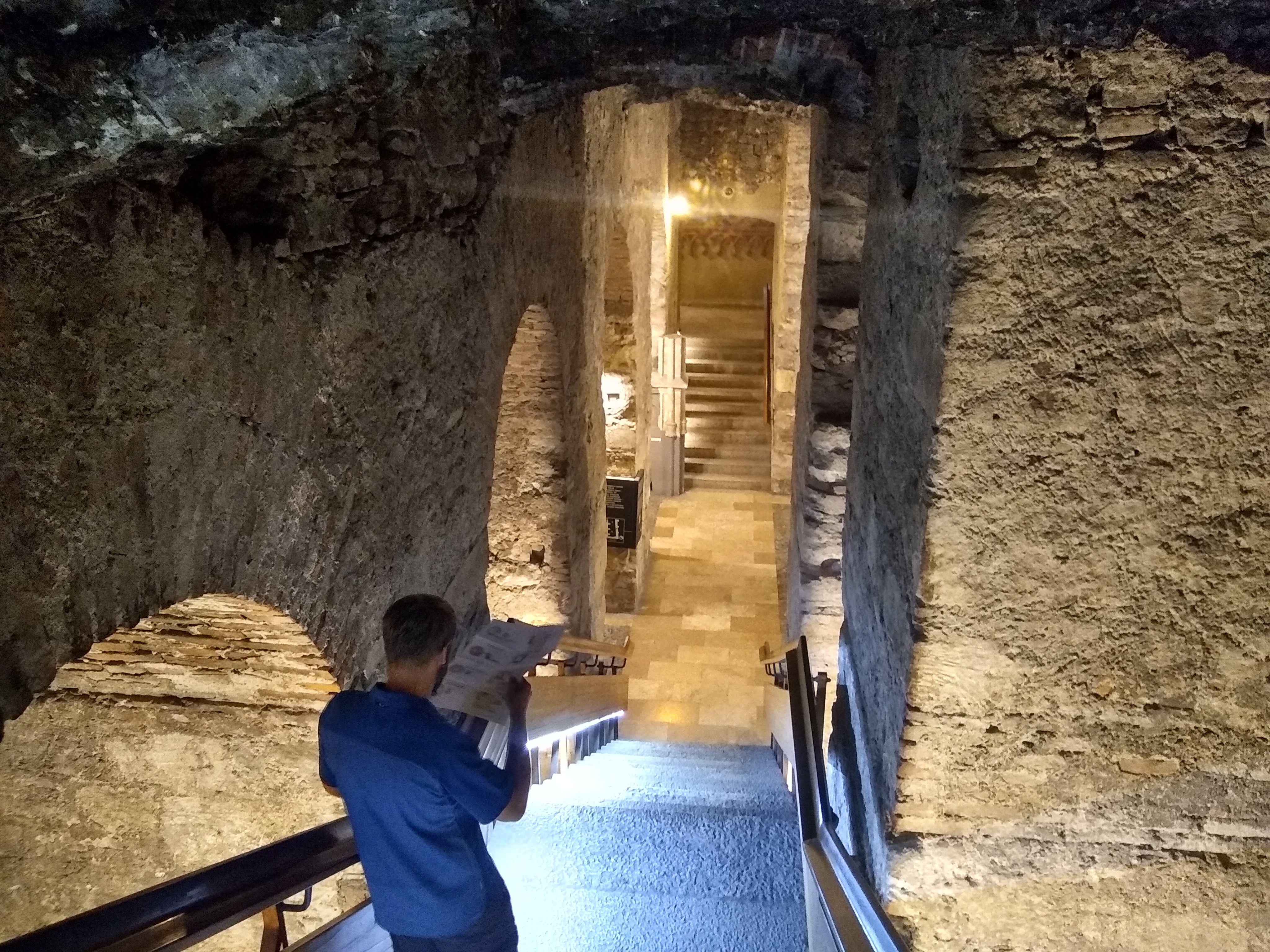
After the tour, we spent the afternoon walking around on castle hill, first just taking in the views and then touring Buda Castle itself. Poor Buda Castle has been through a lot and just about everything is reconstructed. Unfortunately, the modern iteration is a confusing mix of small art gallery, ancient pottery collection, and disjointed castle history display that doesn’t really convey much wonder. The Hungarians are really proud of their history though, so I would bet if we re-visited in a couple decades it would look a lot better.
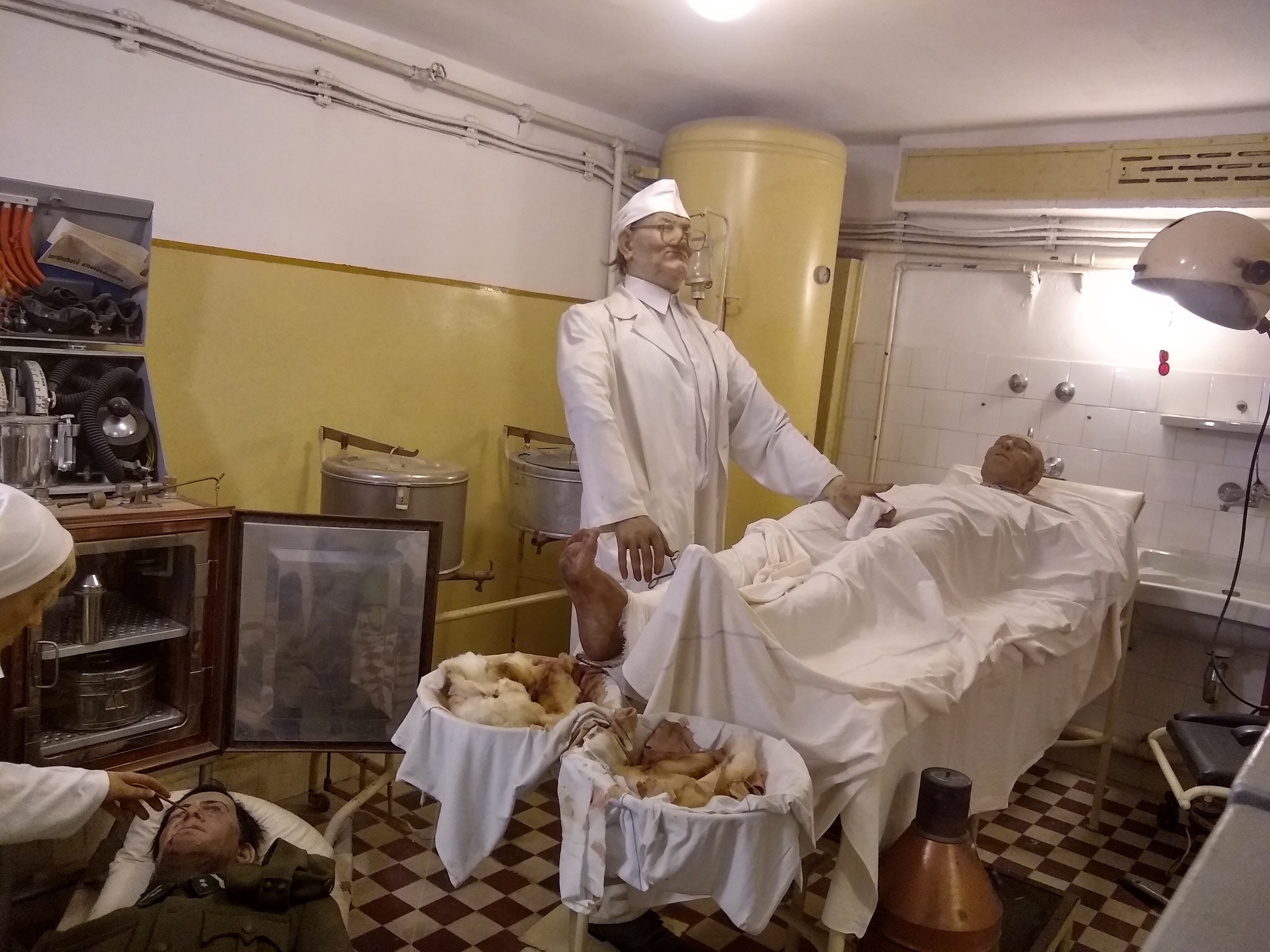
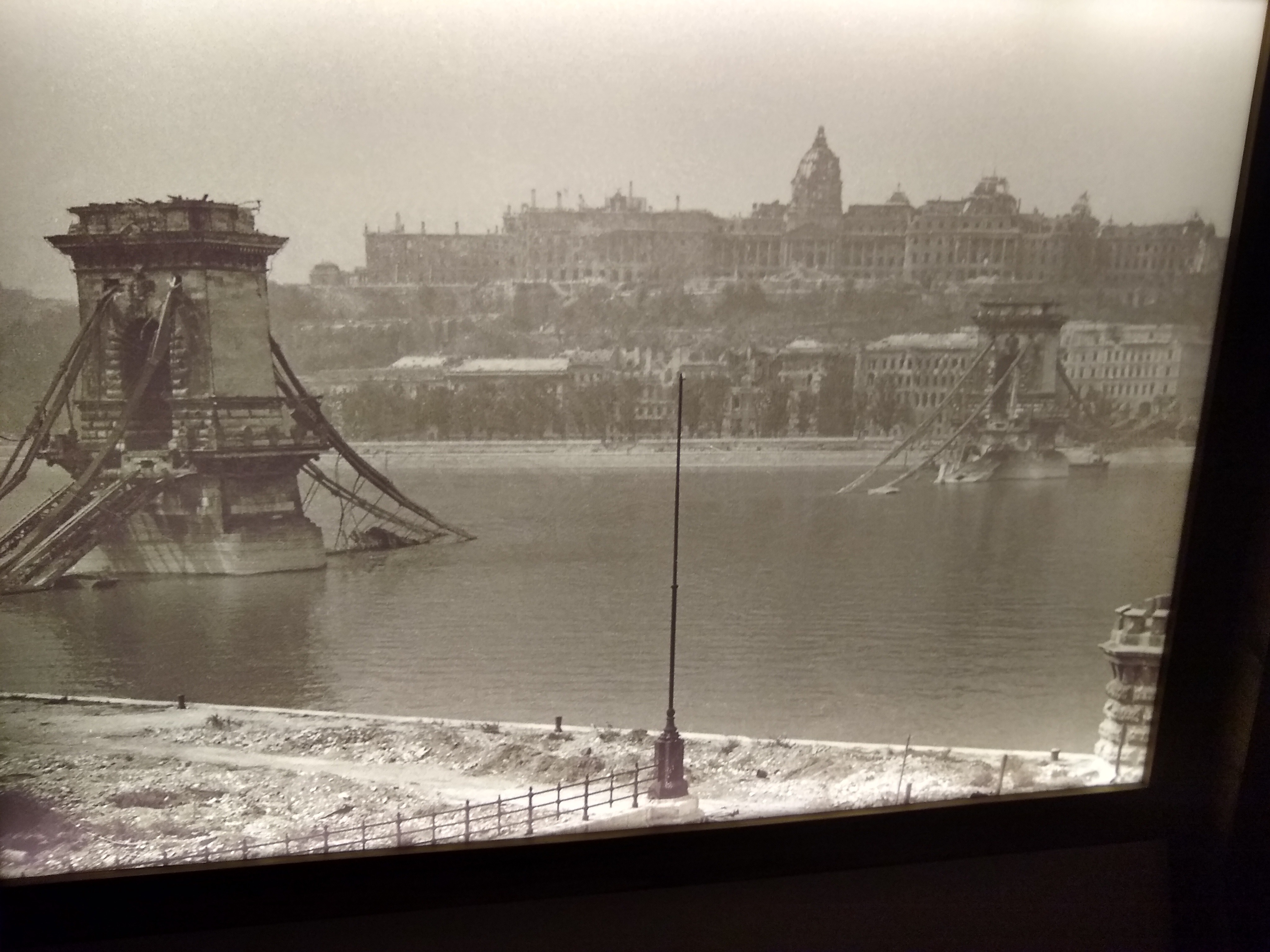
Finally, we walked around the hill to our most interesting historic monument of the day – the surreal Hospital in the Rock. Its a WWII era hospital built into a naturally occurring cave system underneath Buda Castle. It did, in fact, serve as a hospital during the Soviet siege of Budapest, but later it was turned into a Soviet secret prison, then a Cold War nuclear bunker, and finally into a Top Secret Soviet defense hospital.
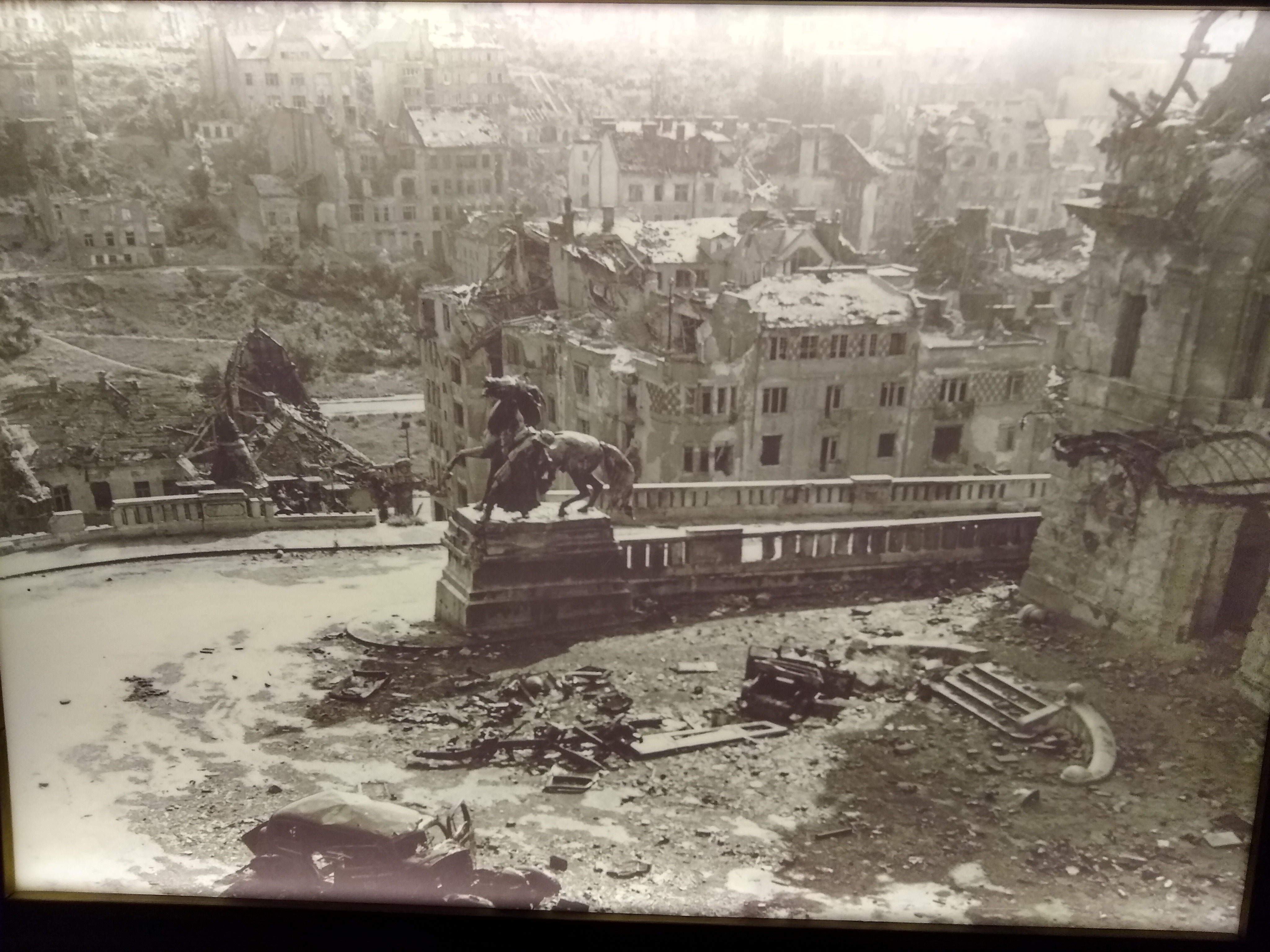
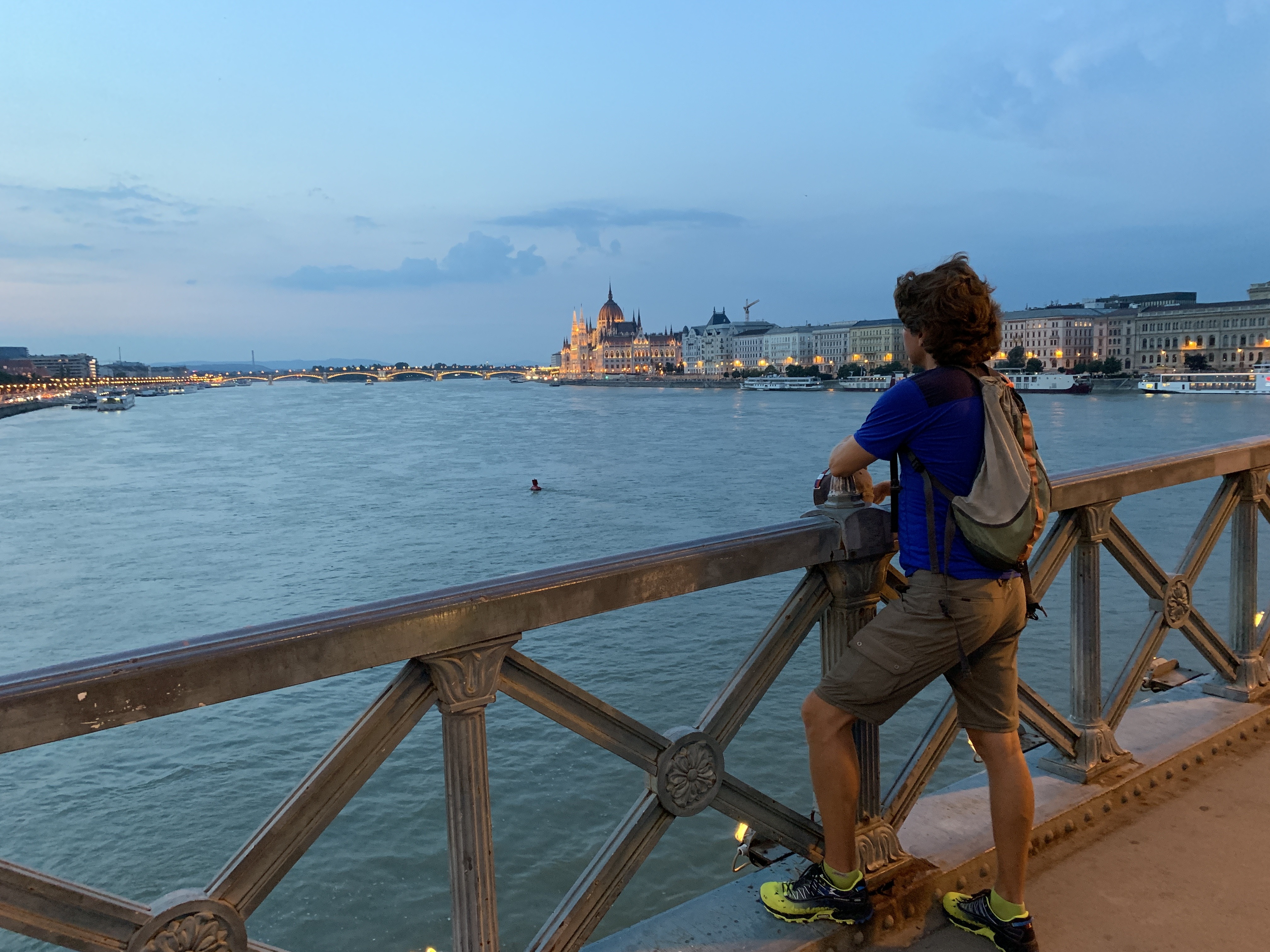
Our guide told us that right up until Hungarian independence in 89’ they were still running monthly nuclear attack drills in there in case the Americans attacked. Now it’s a museum, of course, only accessible by guided tour because it’s easy to become lost in the maze of tunnels – there are even some doors that open directly to the natural limestone cave. Not much happened that night except for a long walk home punctuated by dinner and drinks.
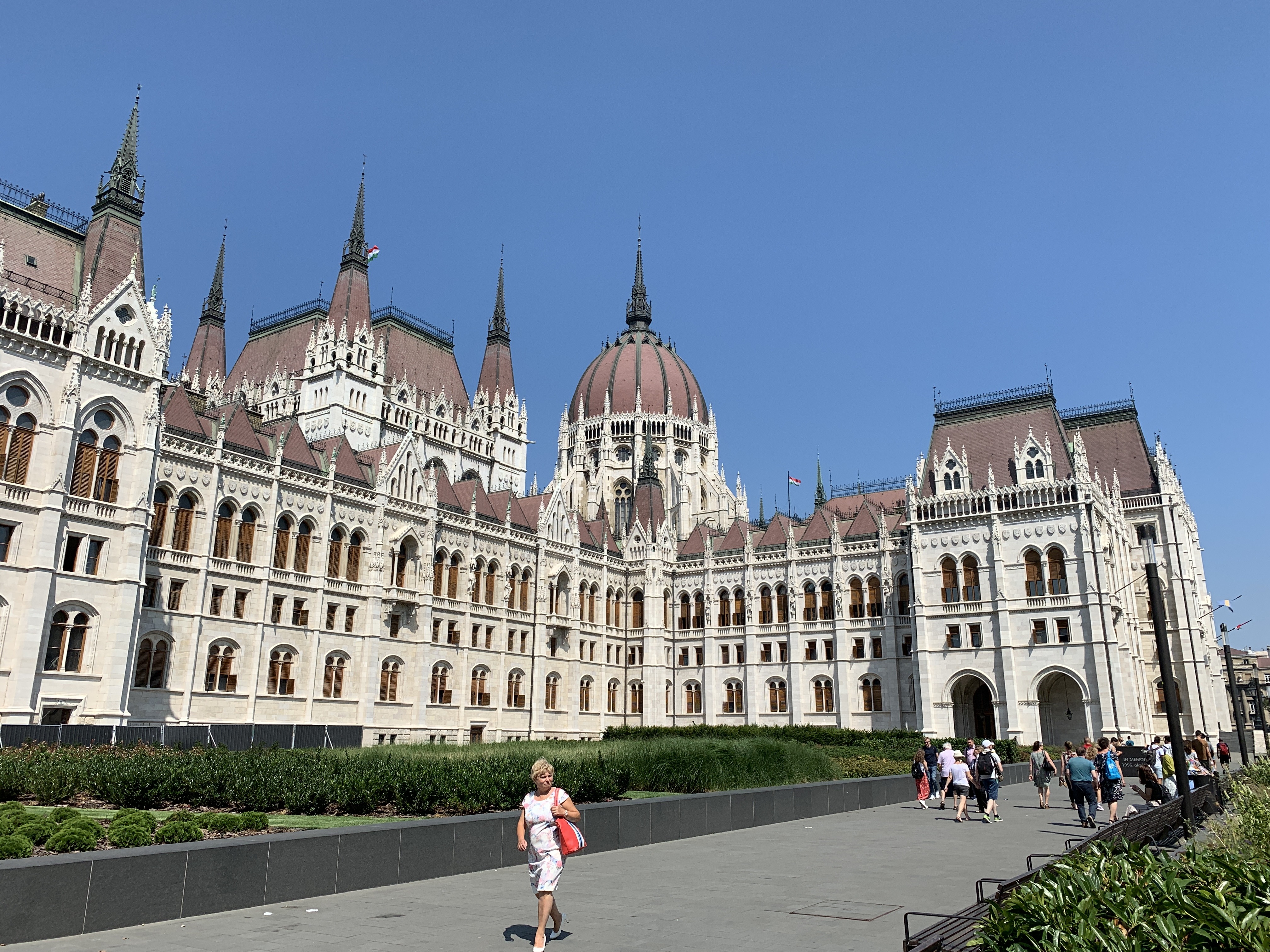
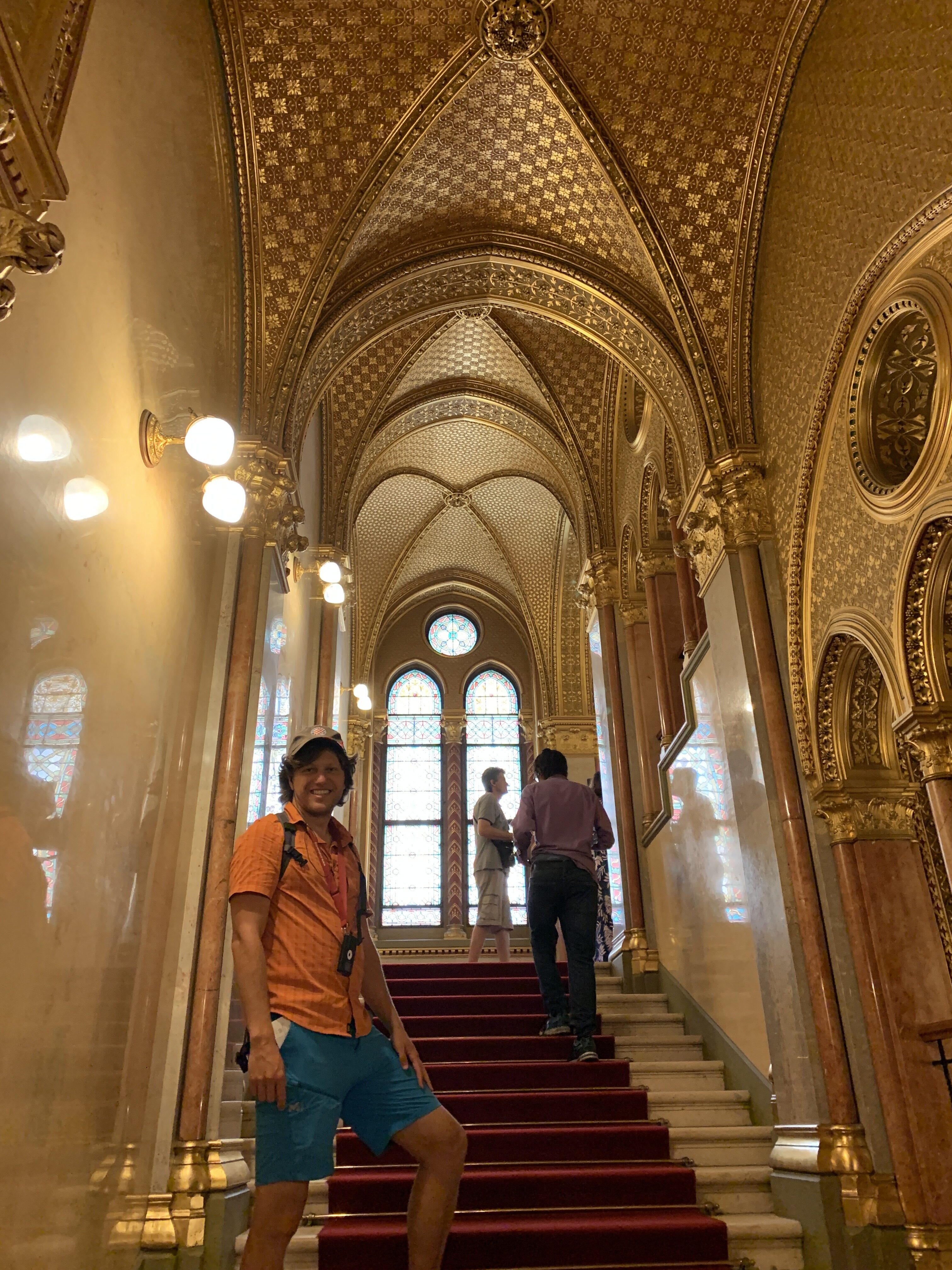
The next day we visited the absolutely humongous Hungarian Parliament building – it is actually the 3rd largest parliament building on Earth. I don’t know what the Hungarians are compensating for, but it must be something ludicrously opulent. One particularly nice touch was the gilded cigar holders outside the Parliament chambers, numbered so the members could find their cigars during breaks and keep smoking.
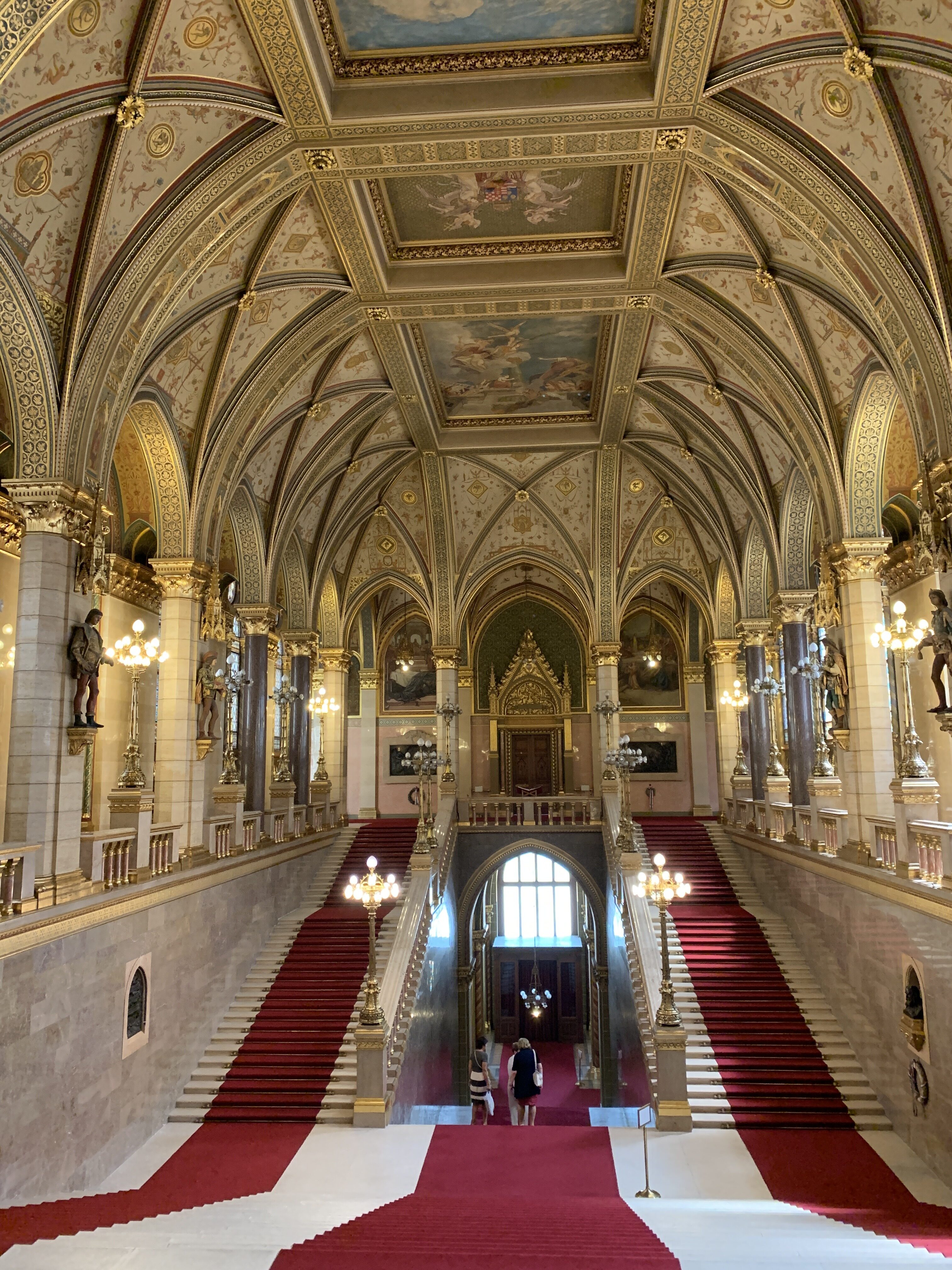
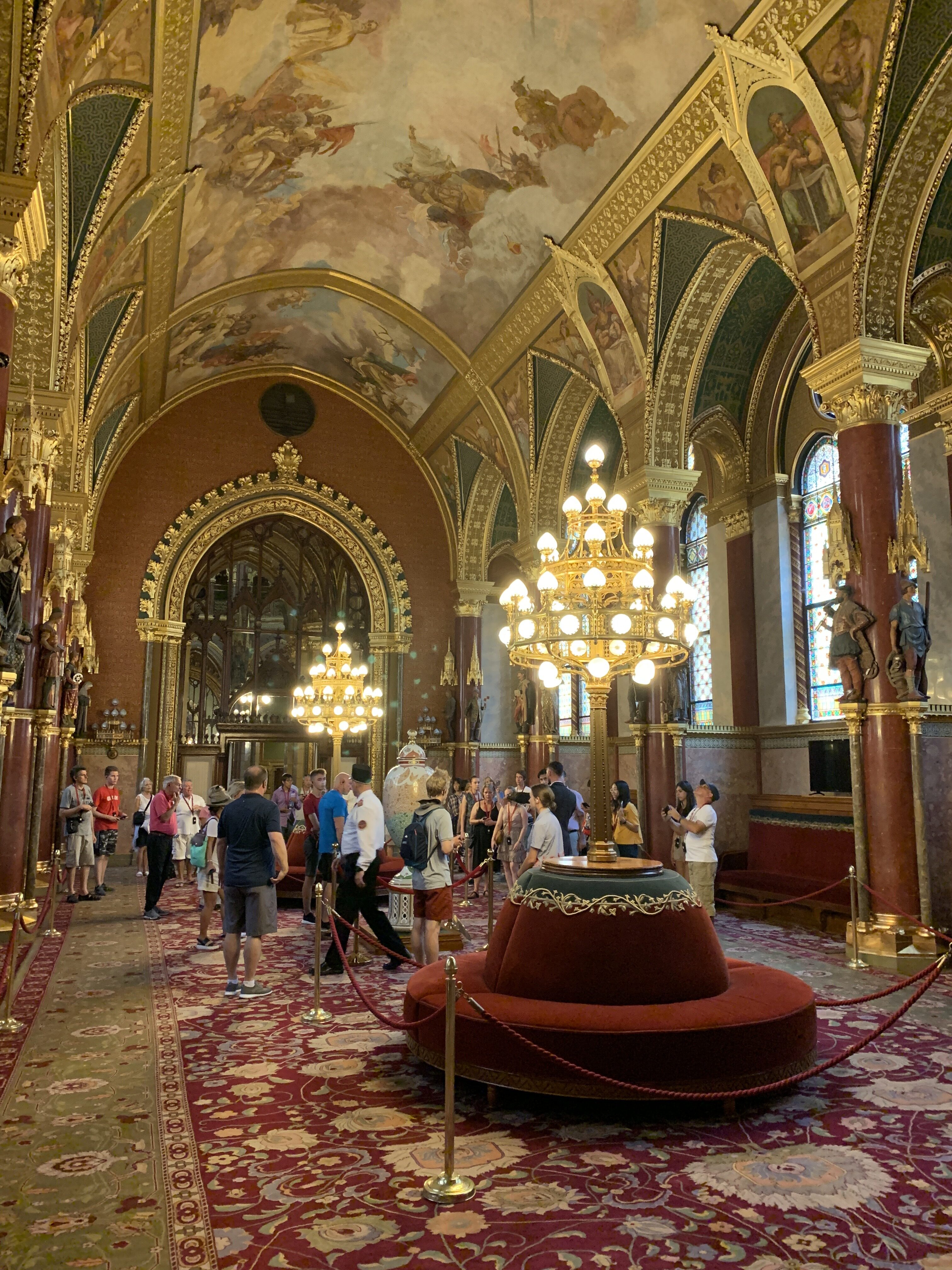
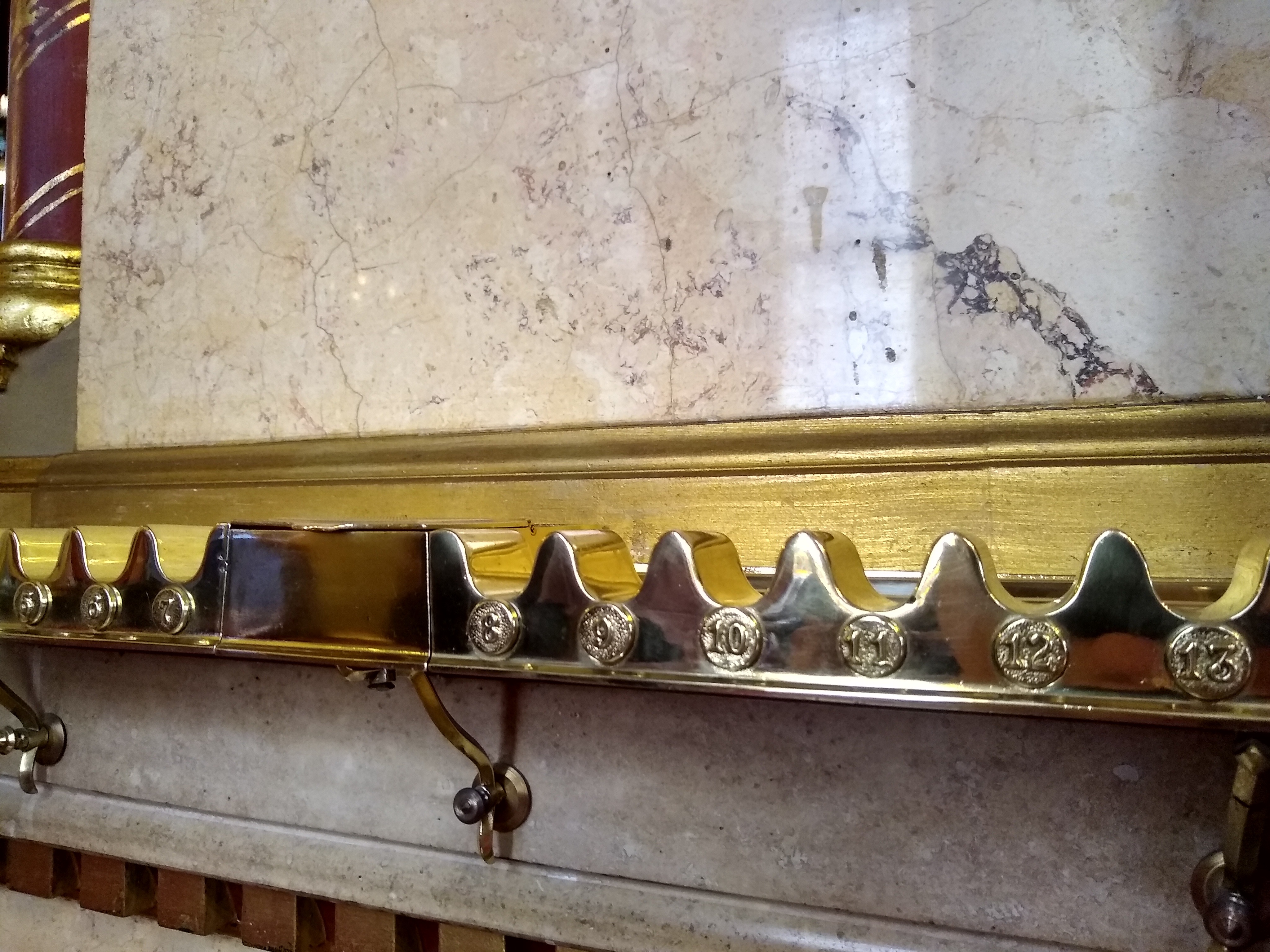
After that we took a stroll through the also gigantic St Stephens church. It is certainly impressive on it’s own, but the best part about St Stephens is it houses the actual tomb of legendary Hungarian soccer player Ferenc Puskás (he is one of the best of all time, look him up if you like soccer). He apparently played left forward, so between his holy remains and the equally holy mummified right hand of St Stephen, they call em’ the “Holy Right and the Holy Left”. Maybe that indicates the enthusiasm the Hungarians have for soccer.
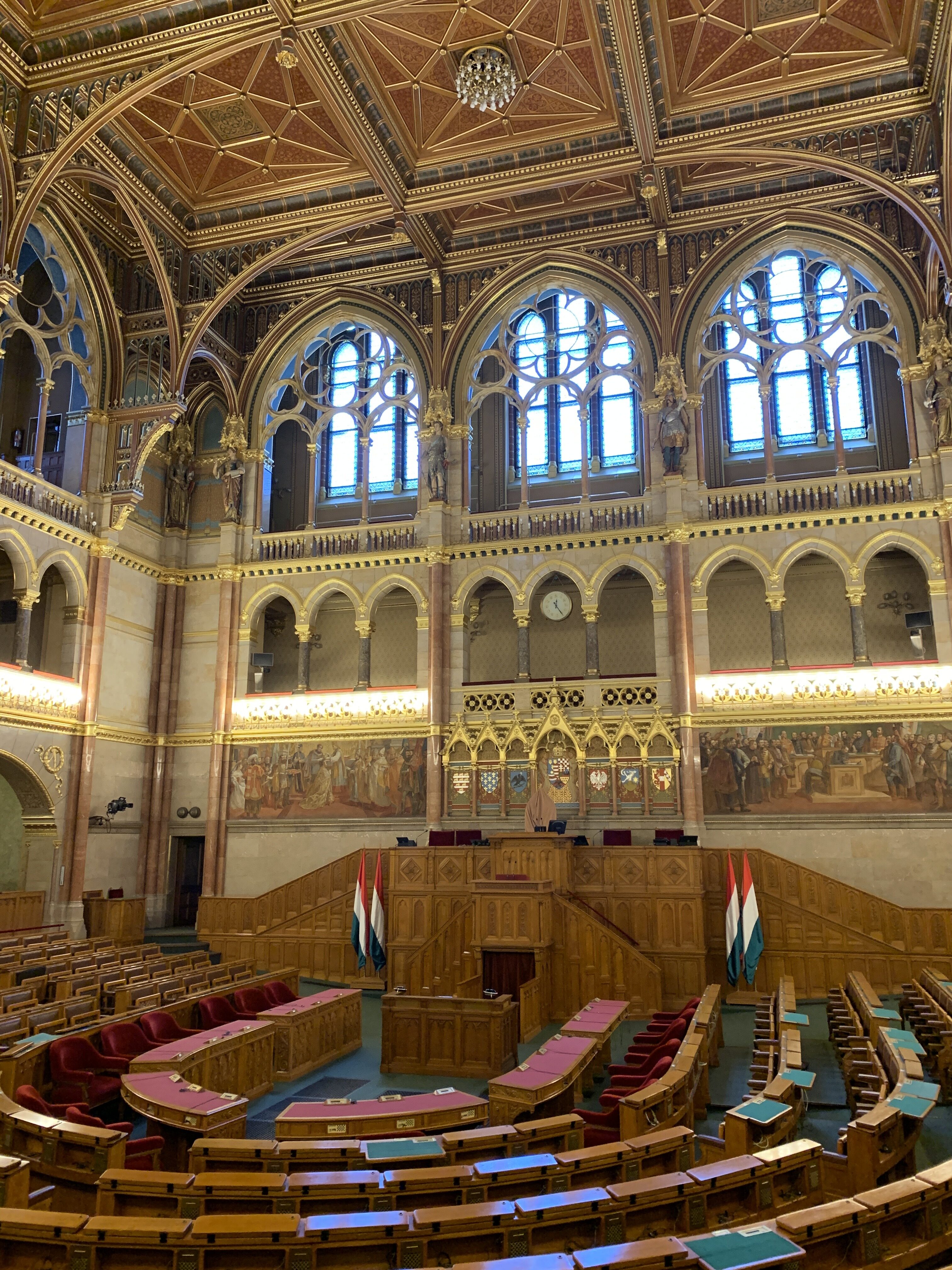
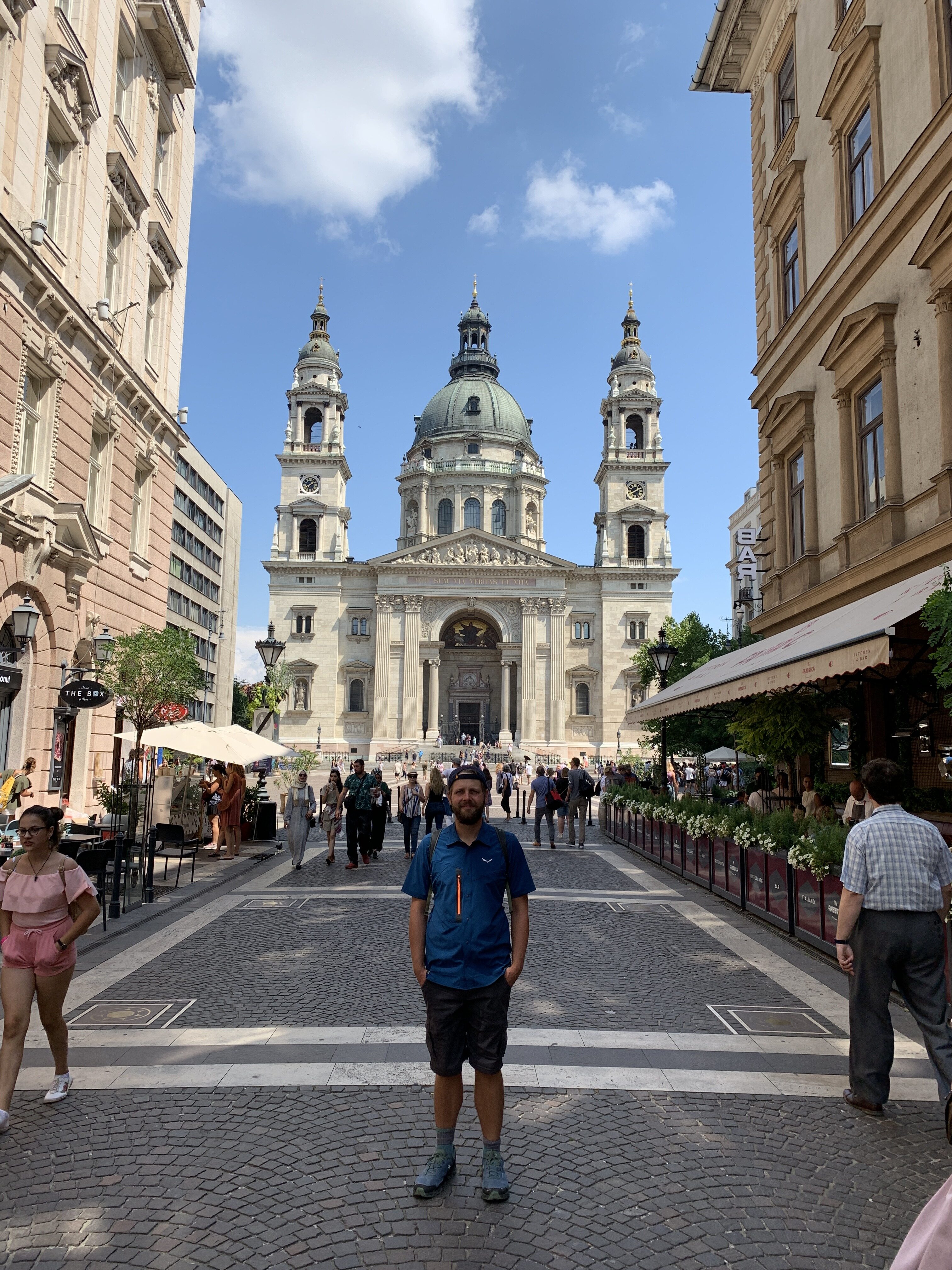
Beyond St Stephens, we went right next door to the Hungarian State Opera house. After we started on the tour they told us the main auditorium is closed for renovations, which would have been a let down except for the consolation prize was a tiny opera show in the entrance hall. Those women got some pipes, let me tell you. Of course everything was in Italian, but it was still nice to hear some authentic opera voices.
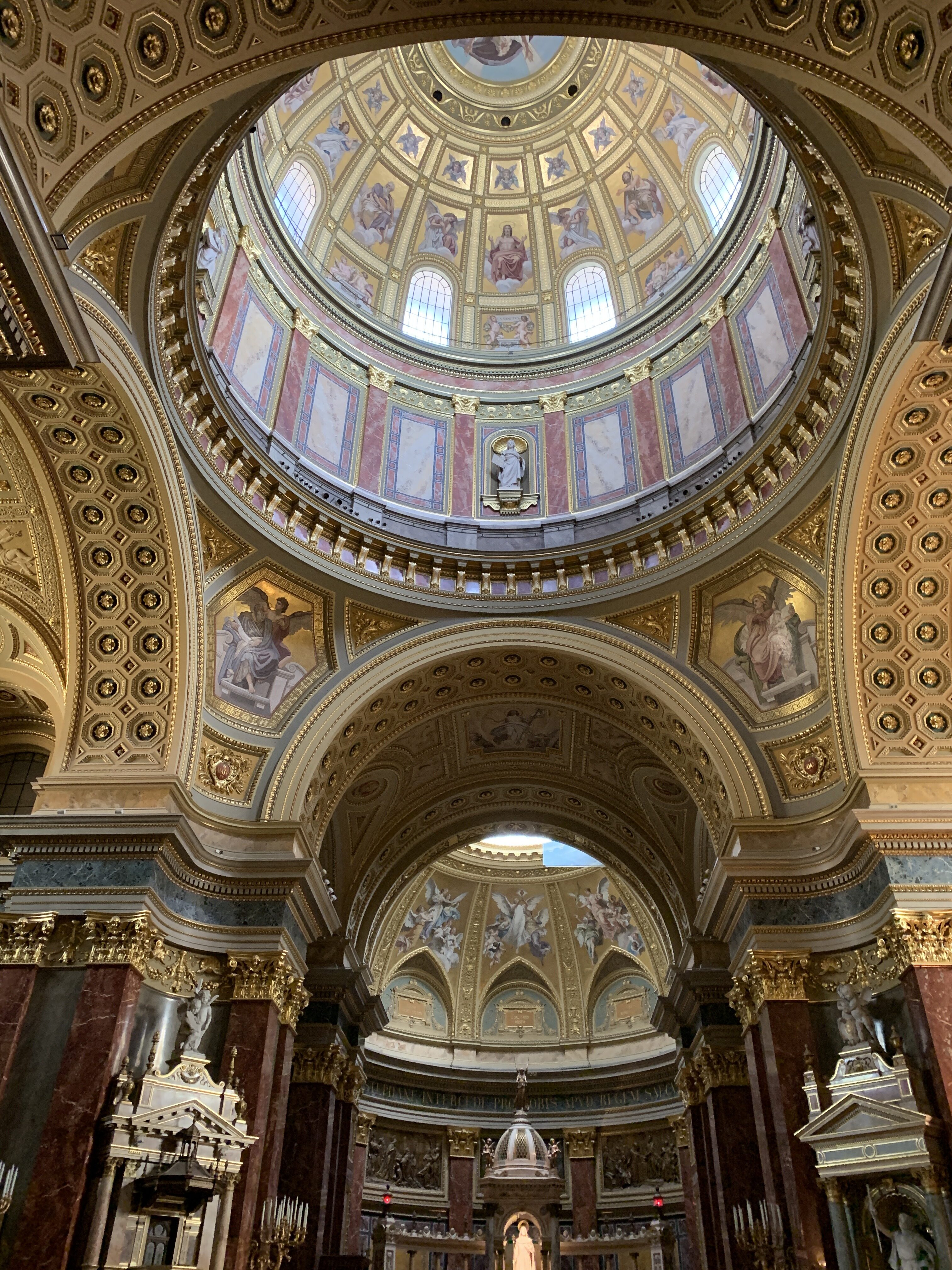
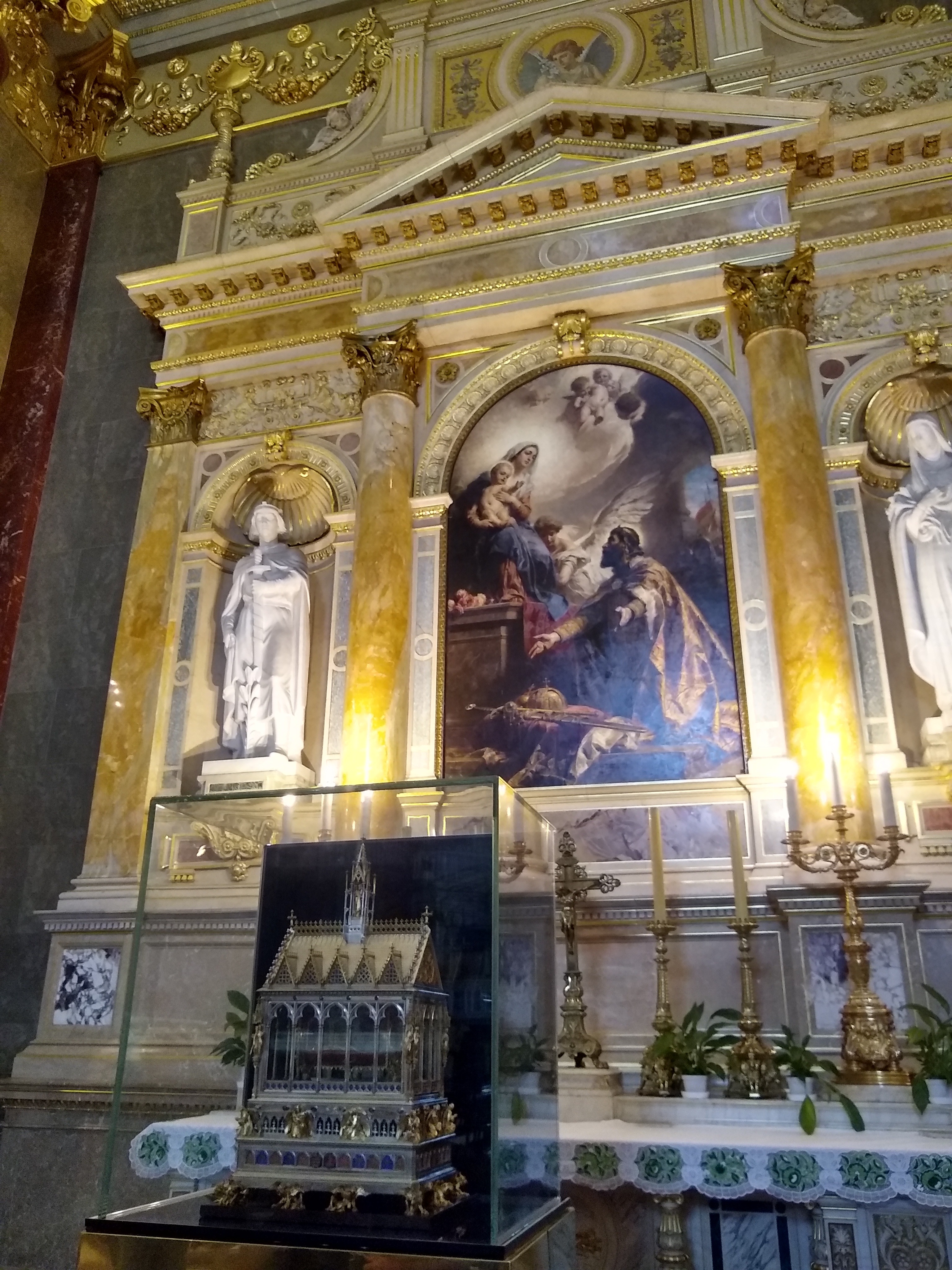
In the evening we made a visit to our first Turkish bath. We don’t have any of our own pictures of the inside (cause it’s full of naked dudes), but it had a beautiful ceiling modeled to look just like the original one built in 16th century by the Ottomans. Turkish baths are weird about being completely naked and required us to wear a funny little apron thing that left our assess out, but it was still a lot of fun chatting up locals and hanging out in the baths.
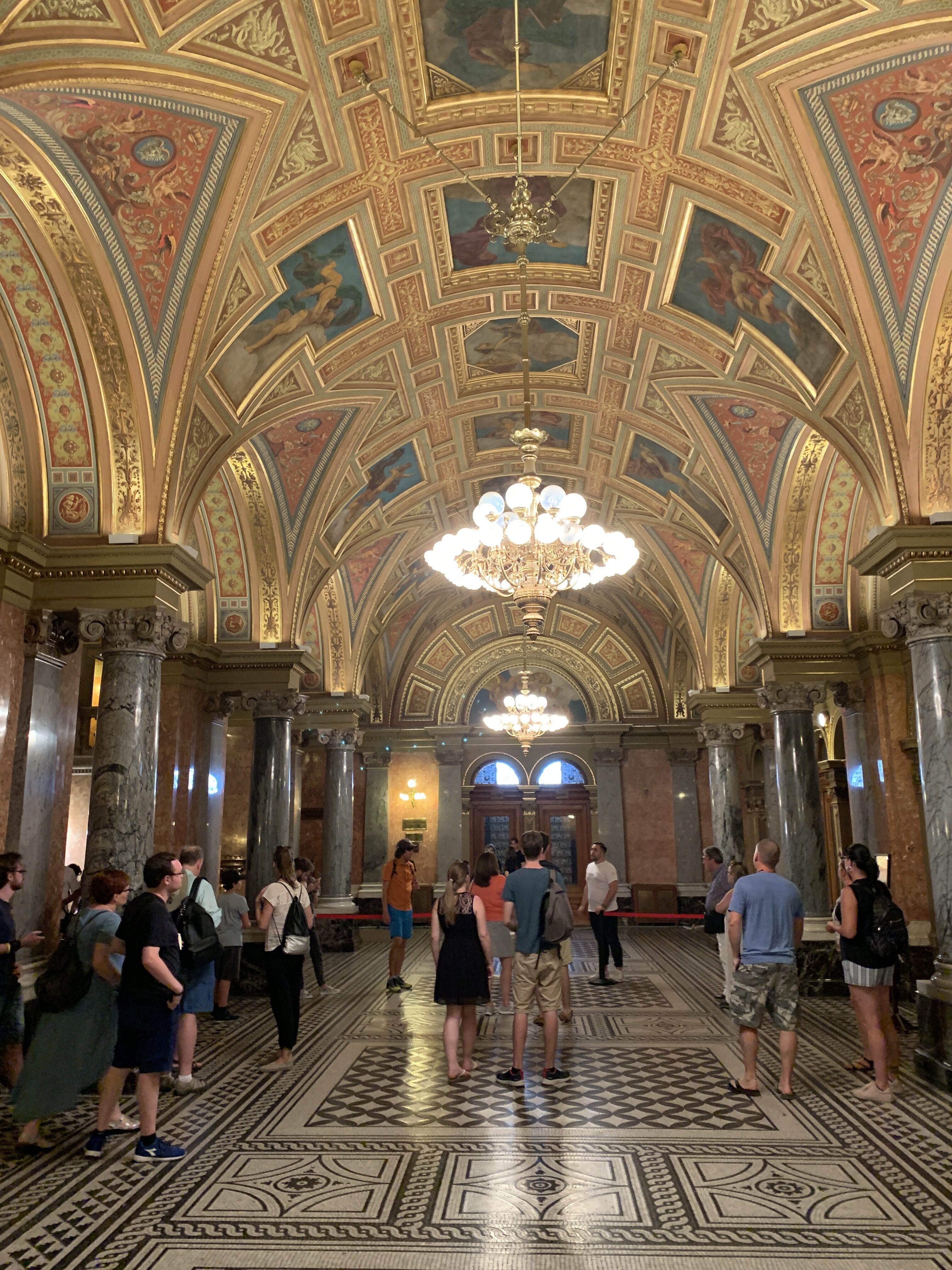
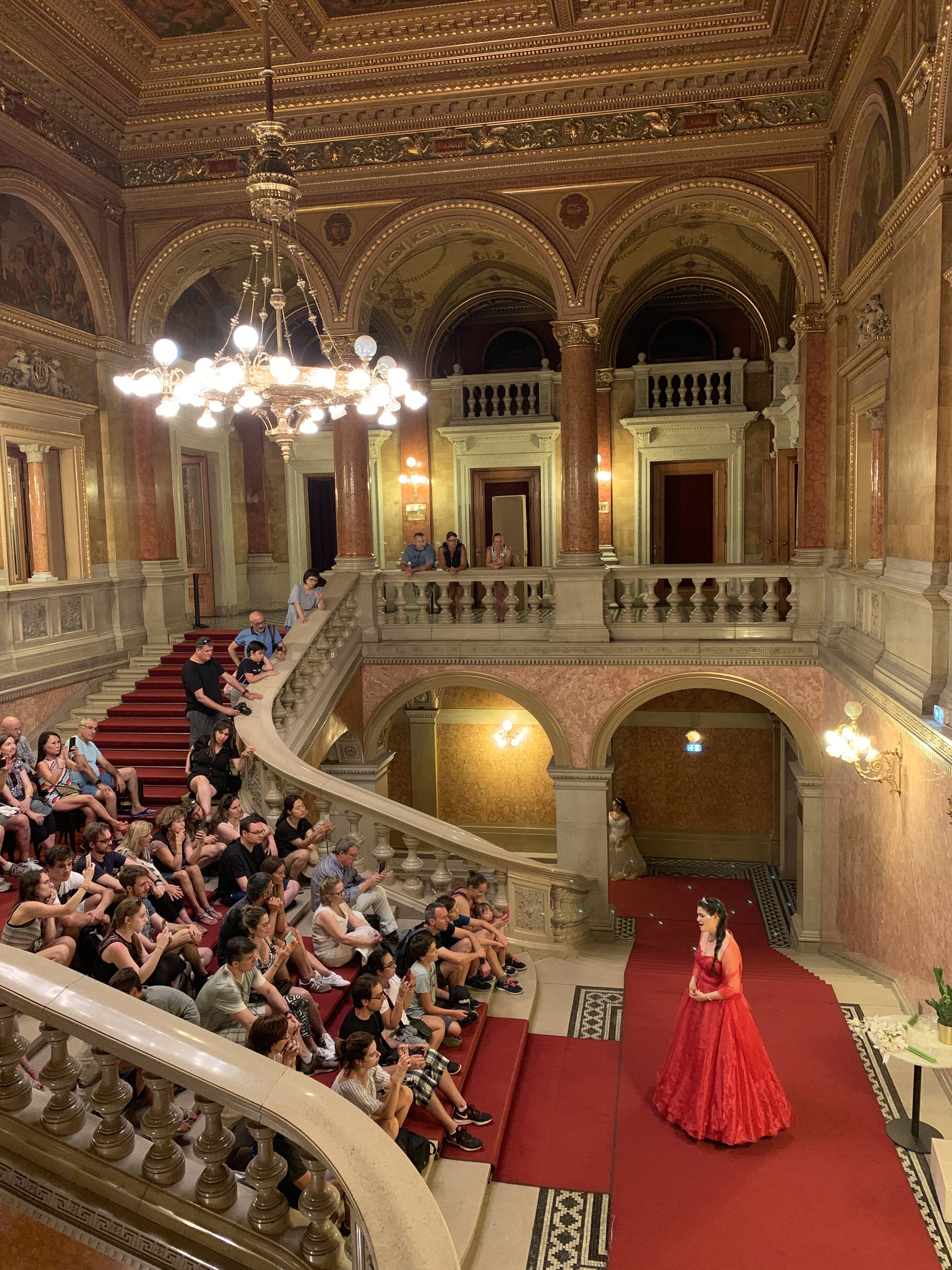
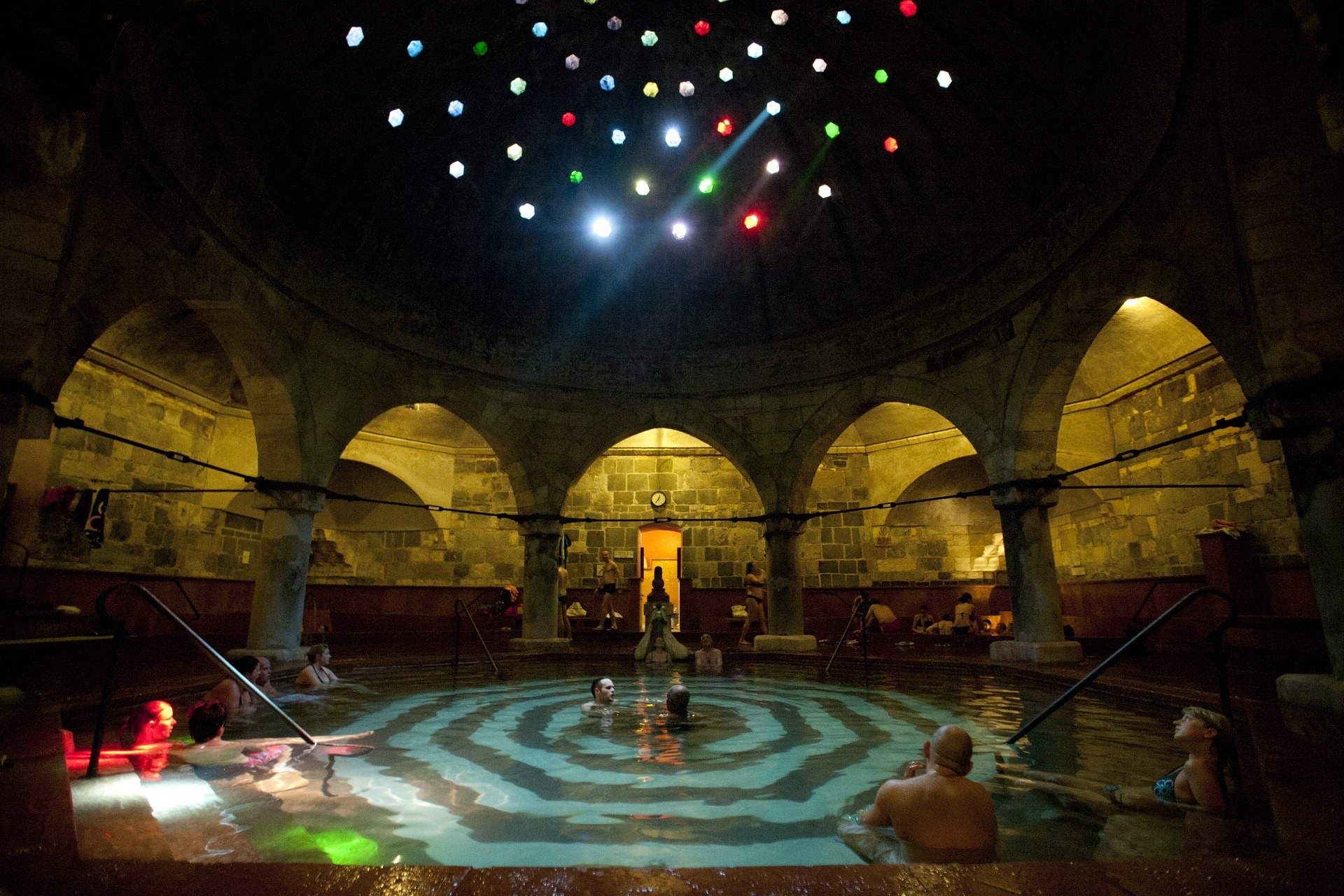
With just one day left in Hungary, we decided to make a trip to the countryside to the little town of Esztergom. This time our signature lack of preparation led to some disappointment when we got off the train and found the town’s iconic mega church, the Esztergom Basilica, undergoing extensive renovation. It’s still huge (the dome is a whopping 230ft tall), but the scaffolding and netting took away some of the awe.
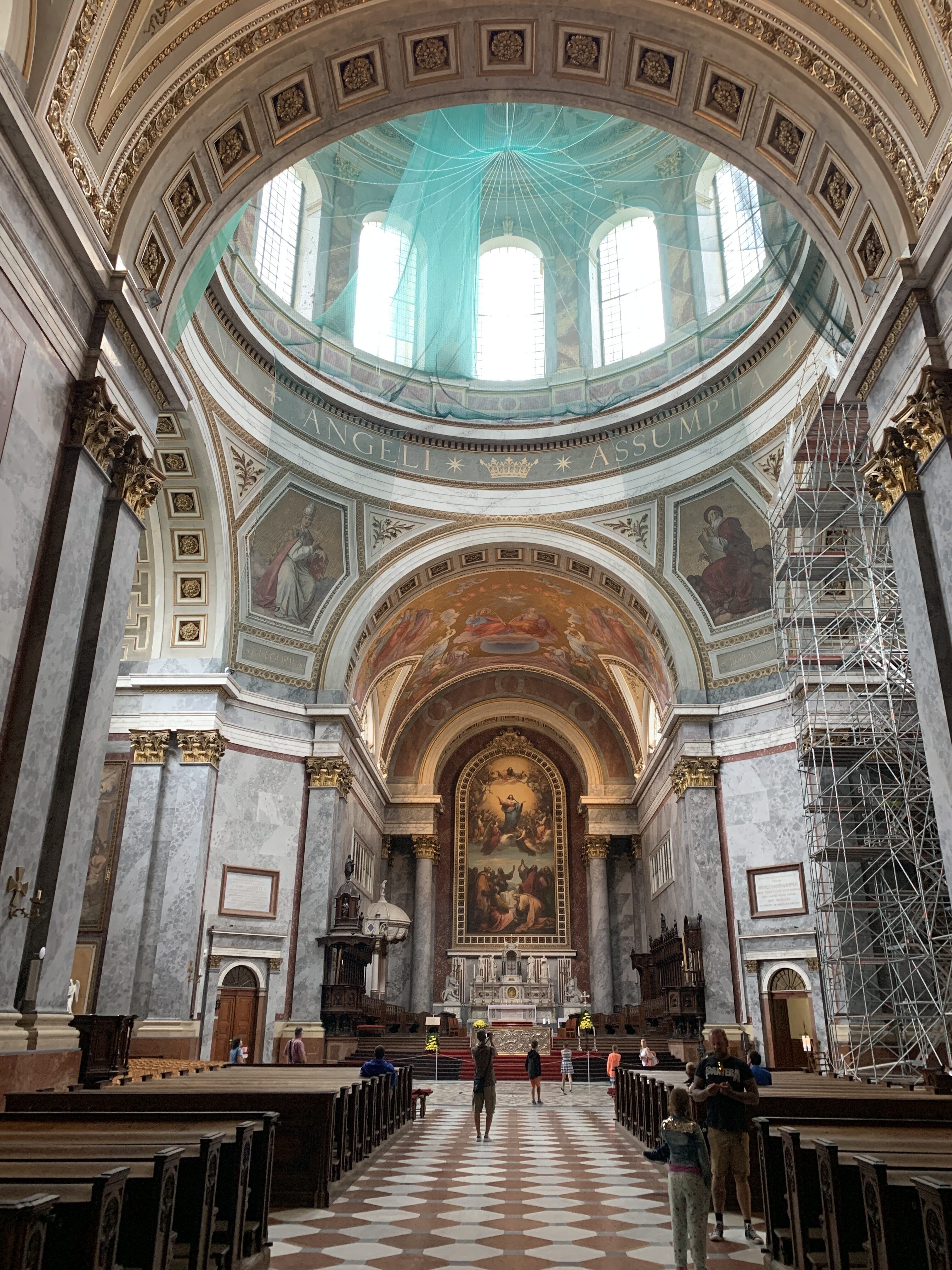
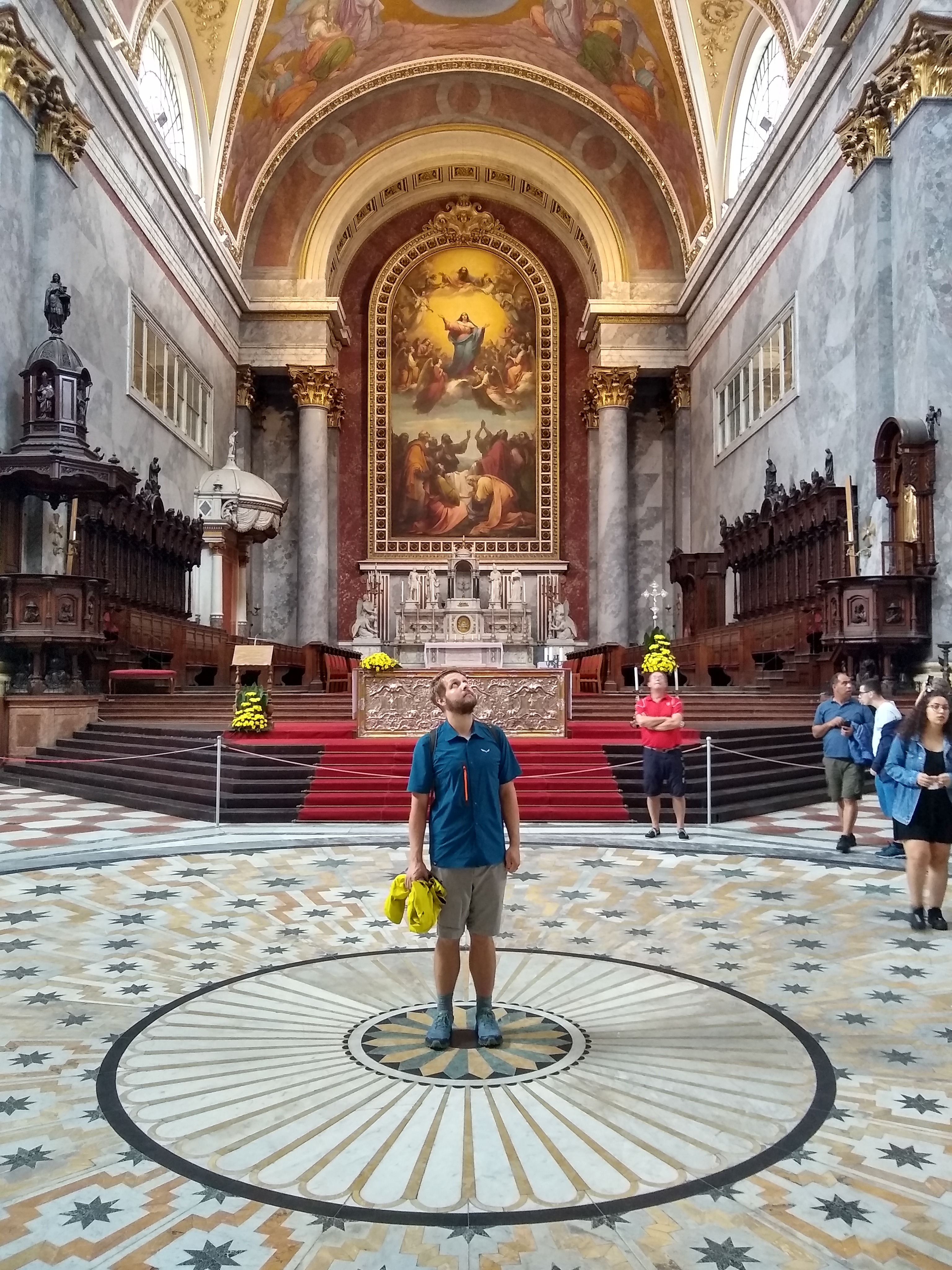
We also were let down by Esztergom castle, and again by our guide book for recommending it. The complex turned out to be small and empty with minimal signage in English – one old stone wall looks much like another with no signs to explain. It had a decent view over town and the Danube from the battlements though, so not all was lost.
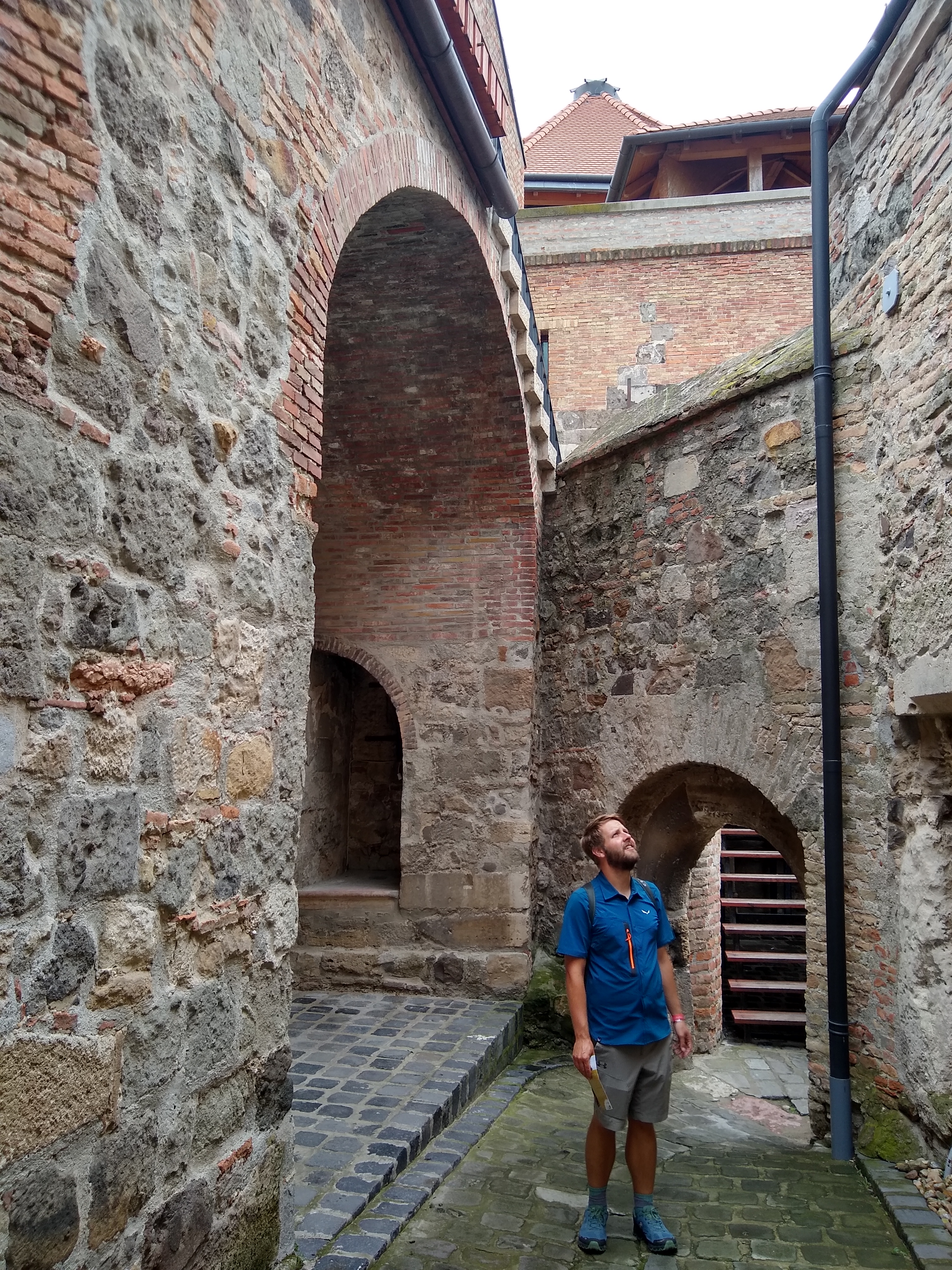
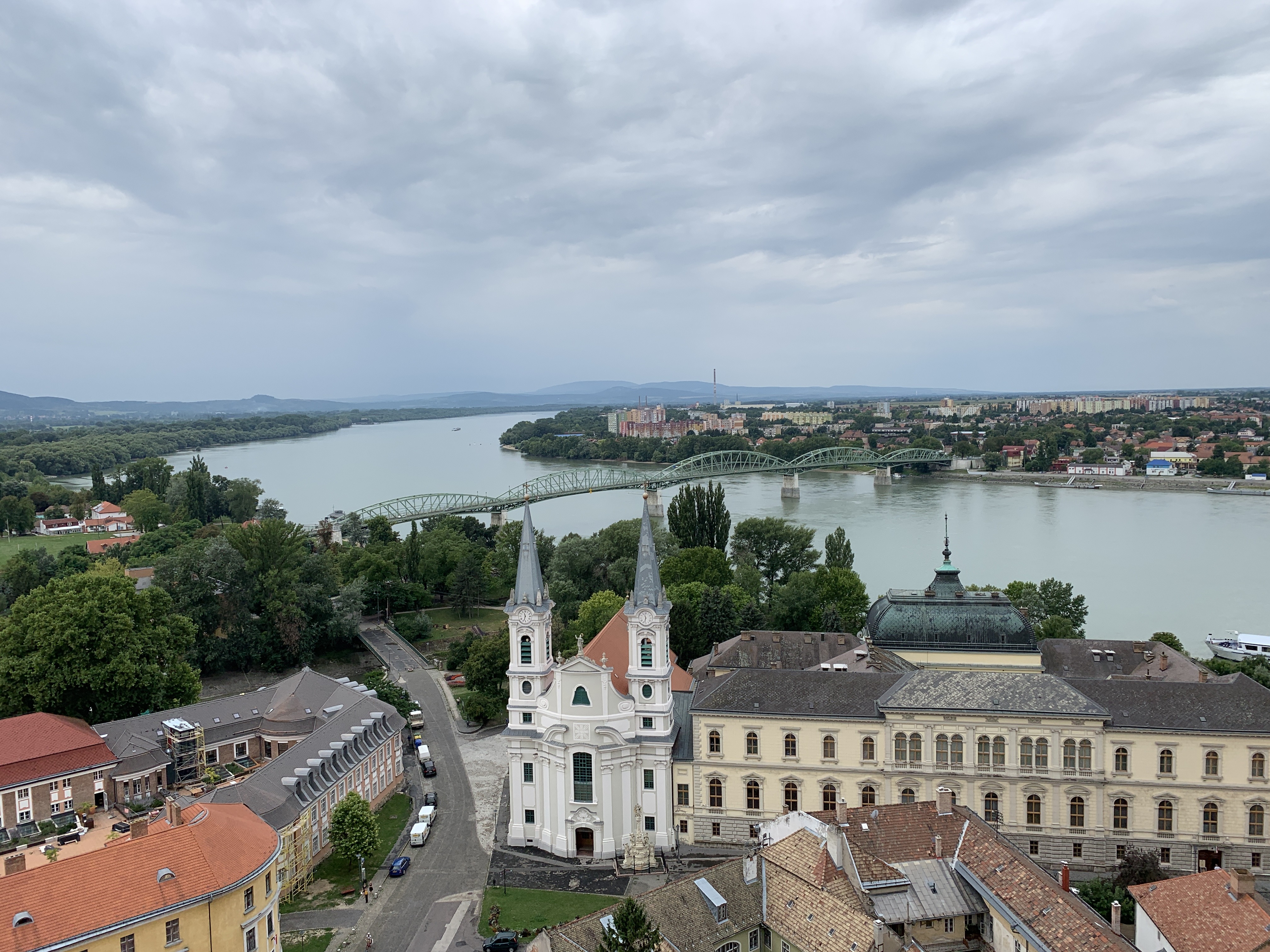
Not much to tell after that! We had lunch at the only cheap place we could find in Esztergom – an “Italian” pizza joint where we waited 45 minutes for a Digiorno pizza. Then we got rained on walking back to the train station and wussed out early at the Budapest gay bars. Before you know it we’ll be in Stockholm!
